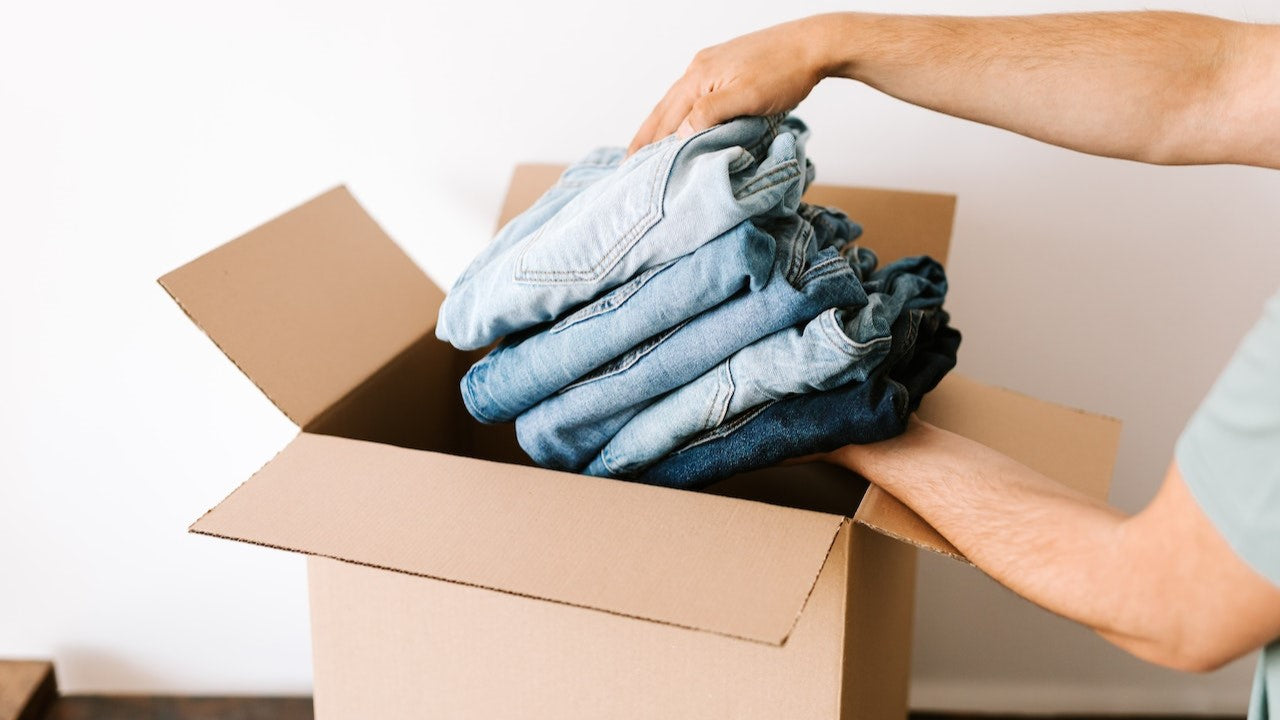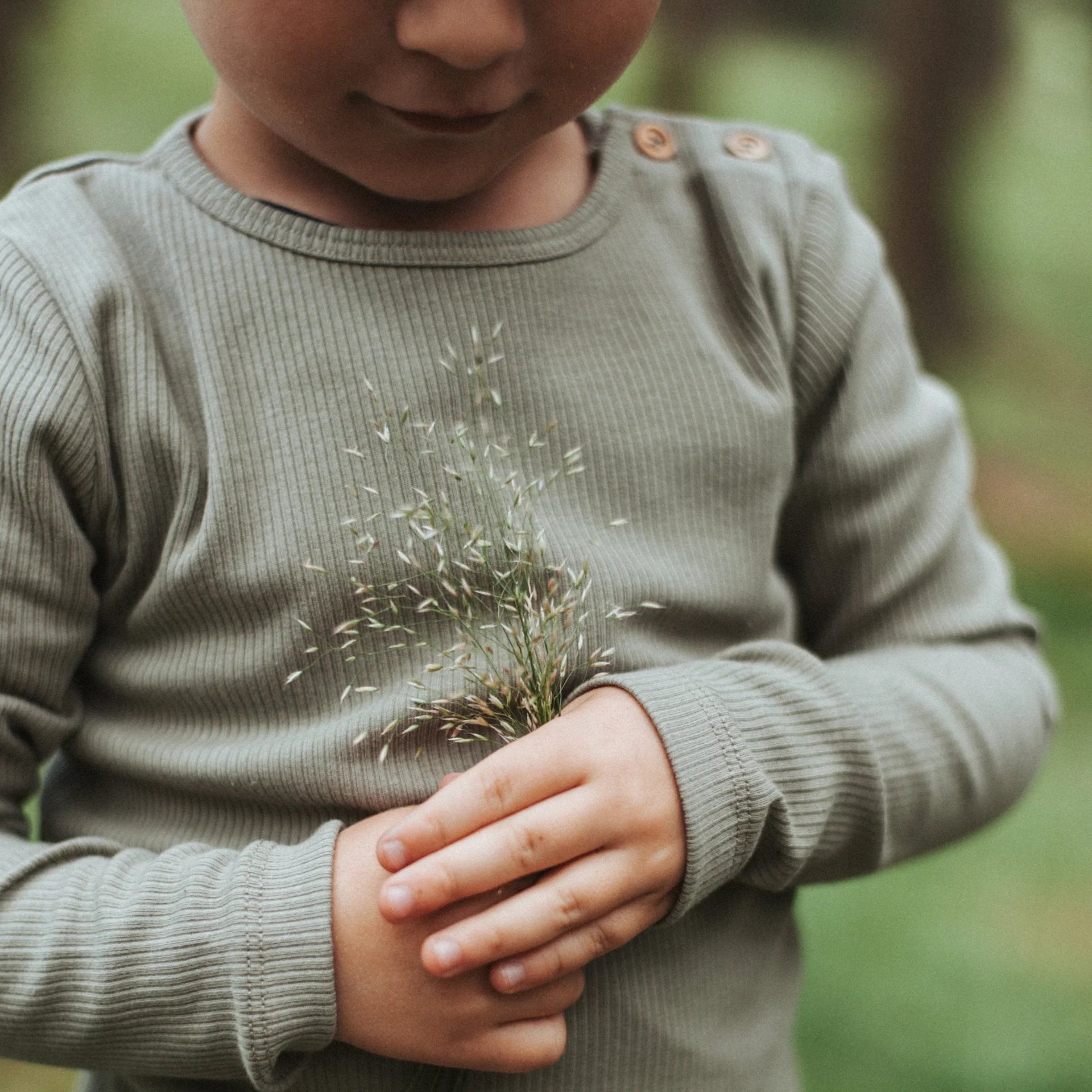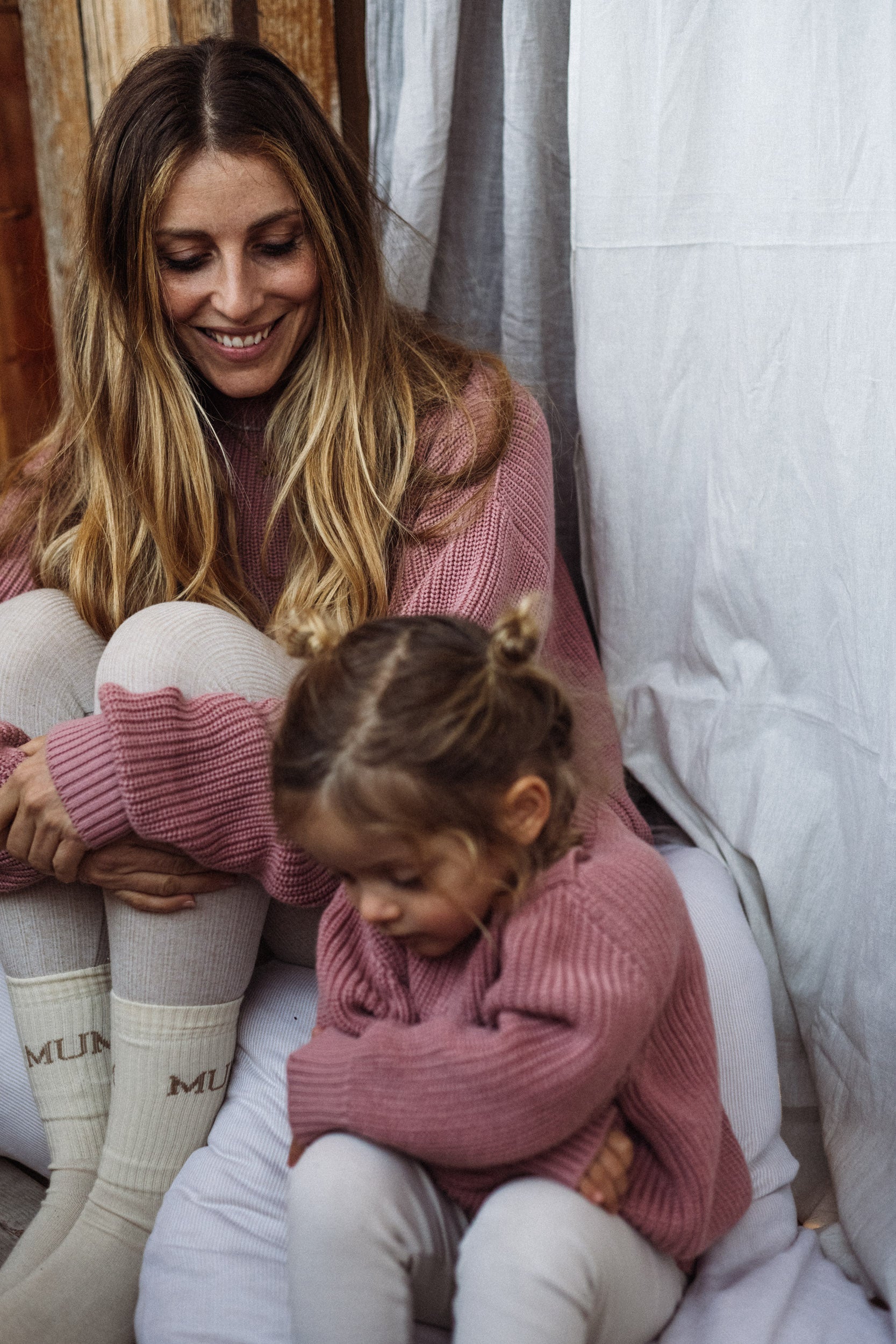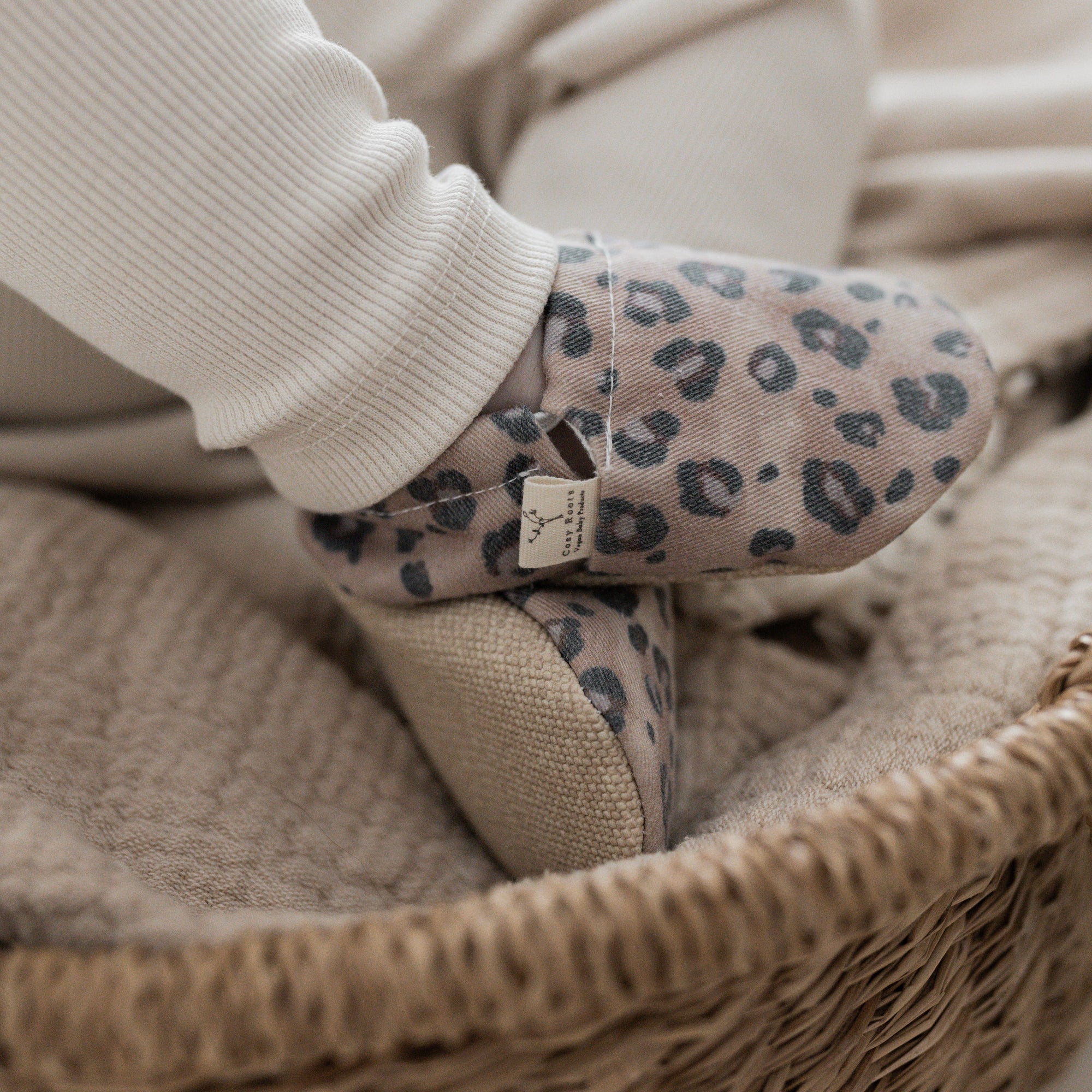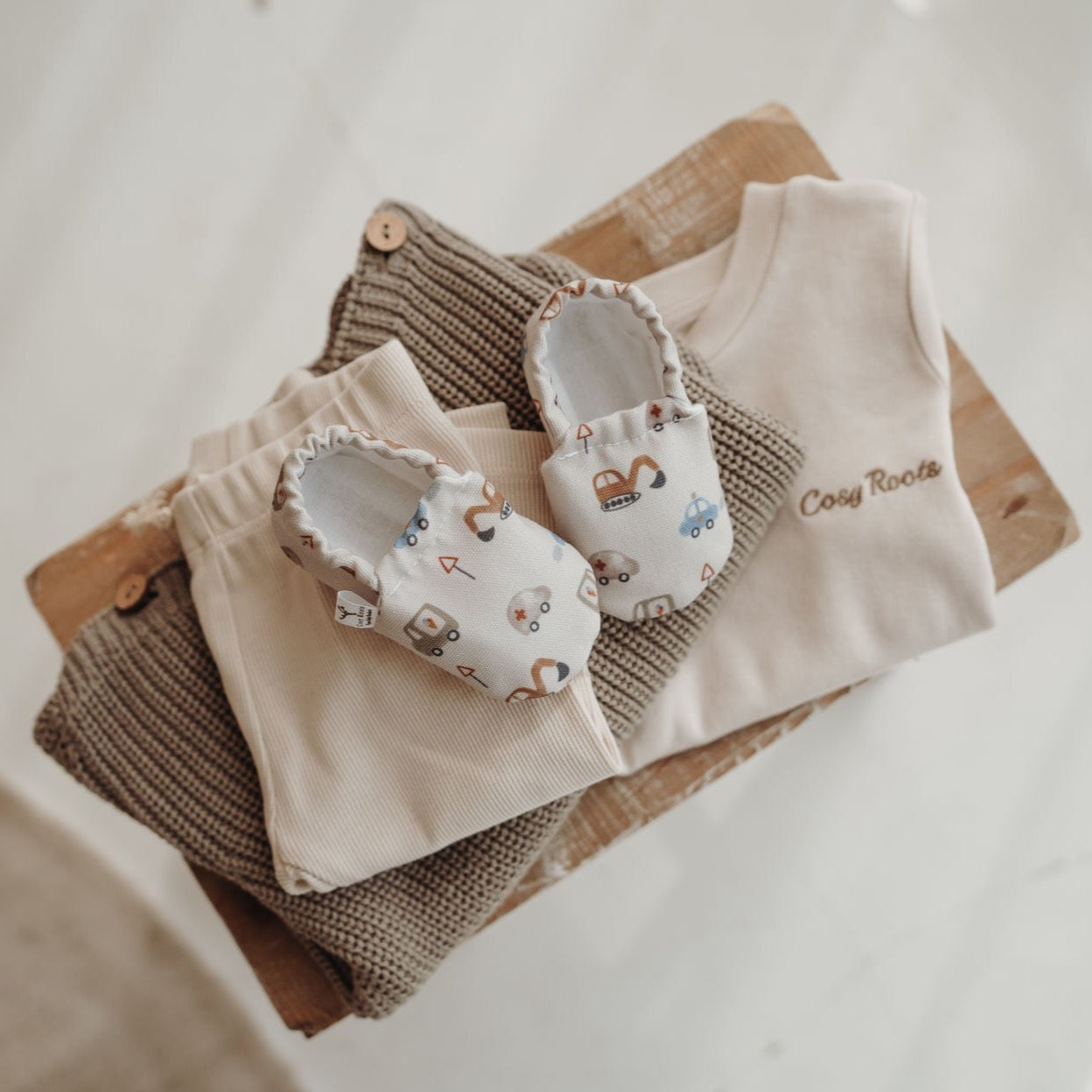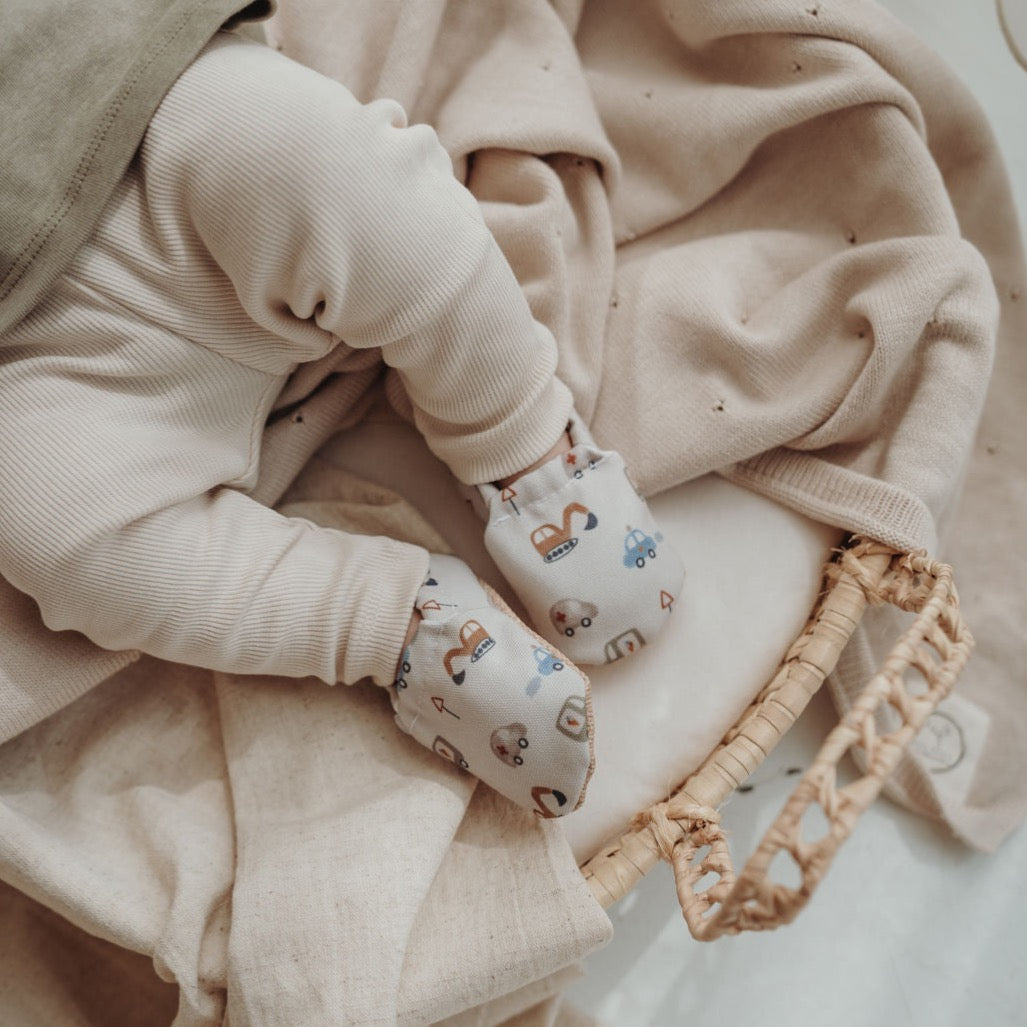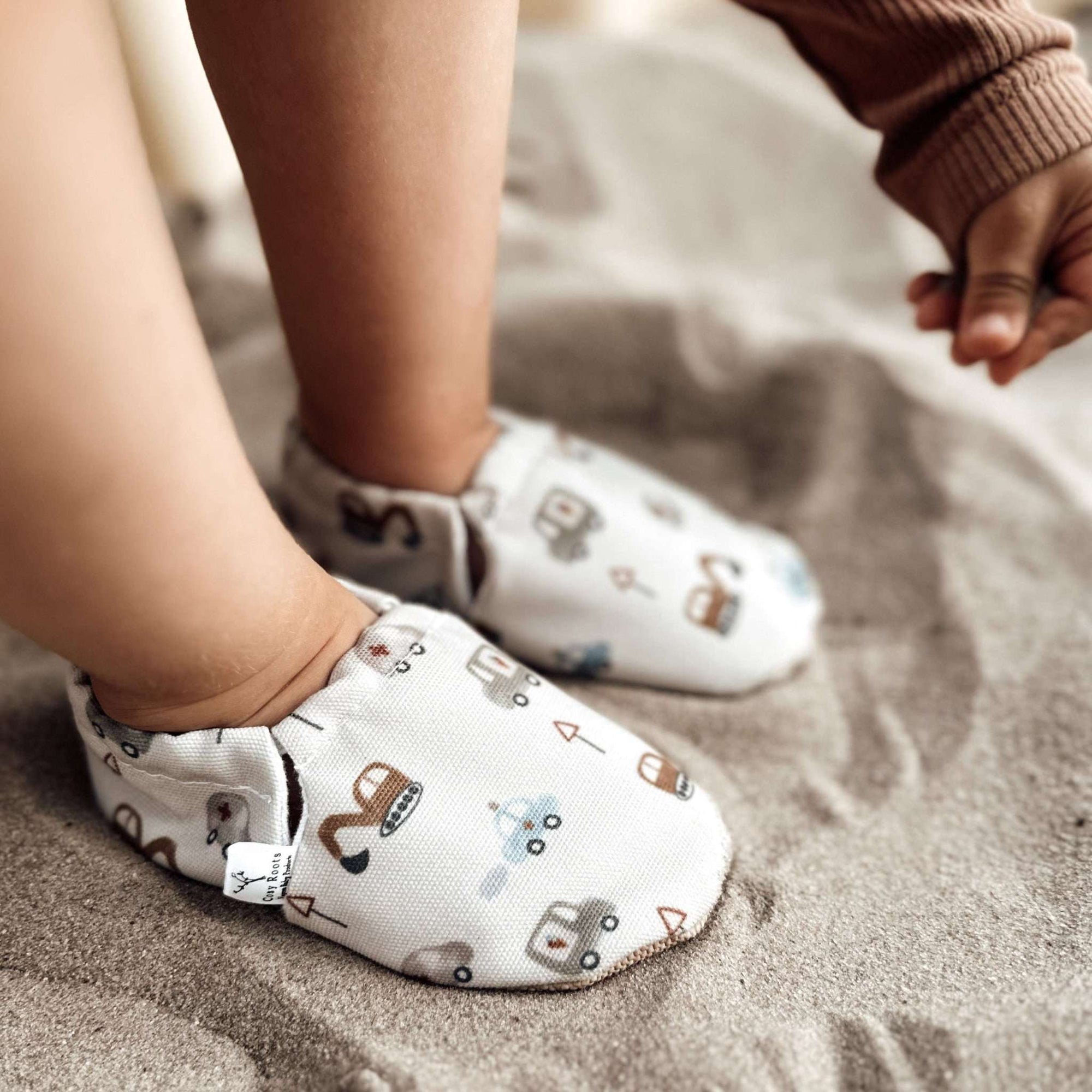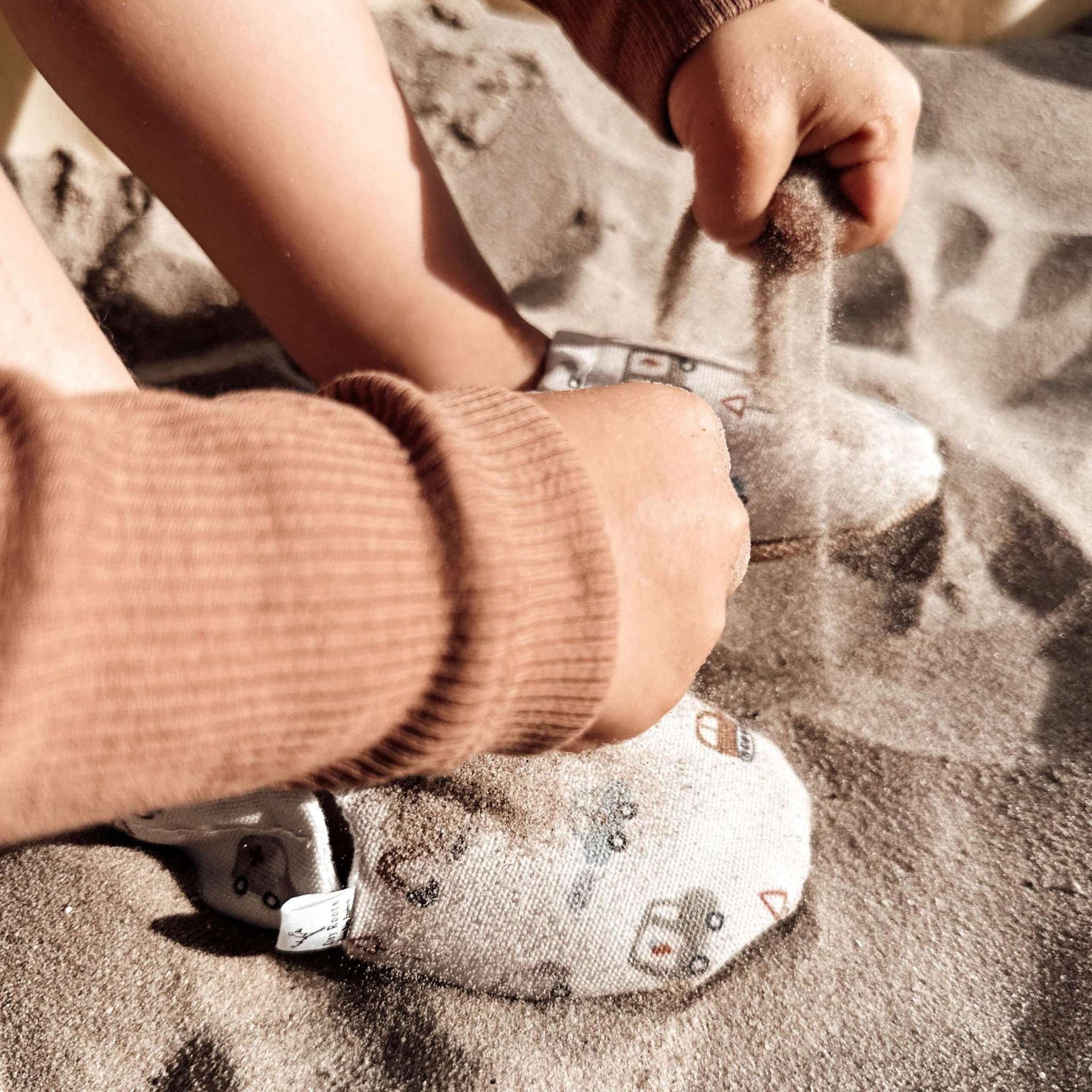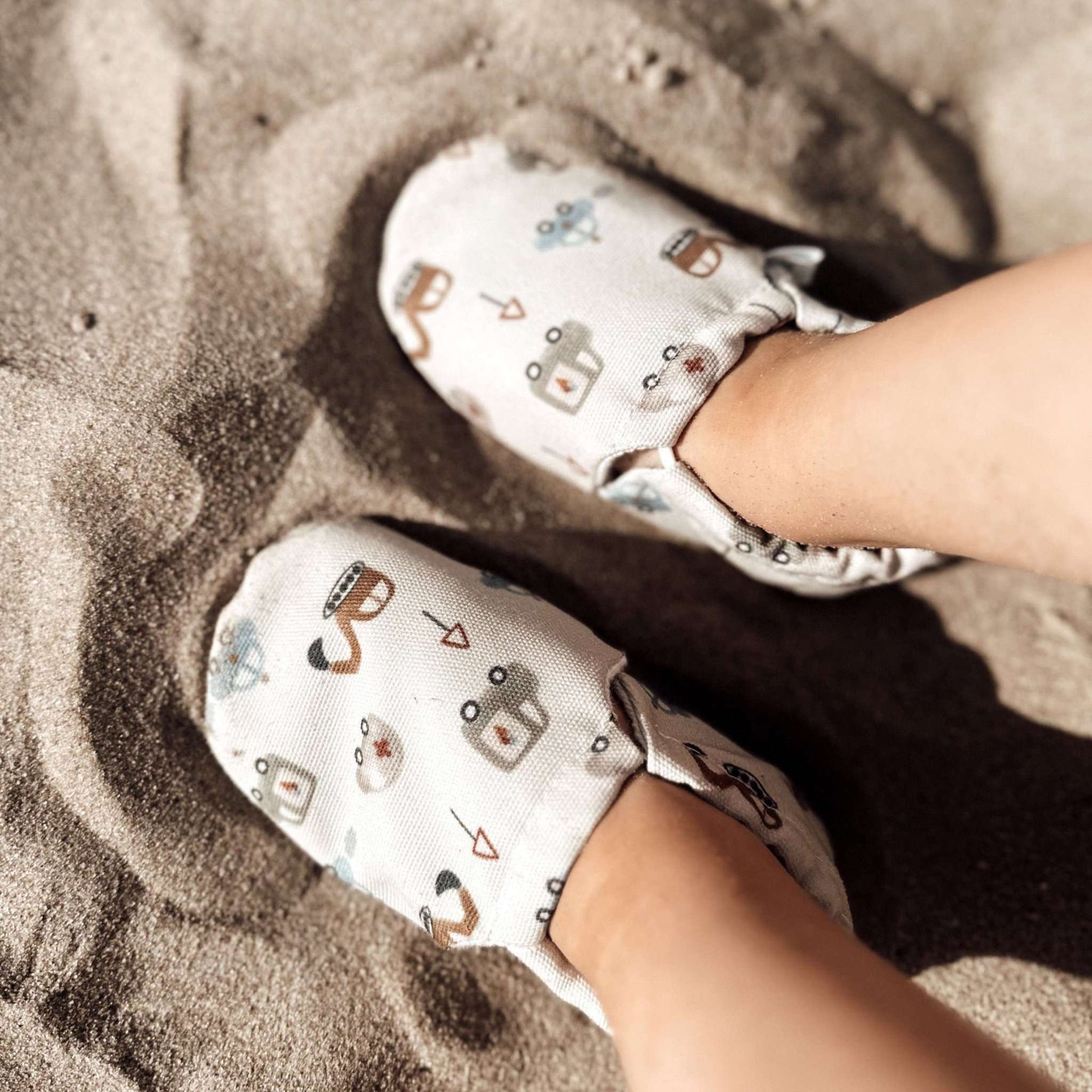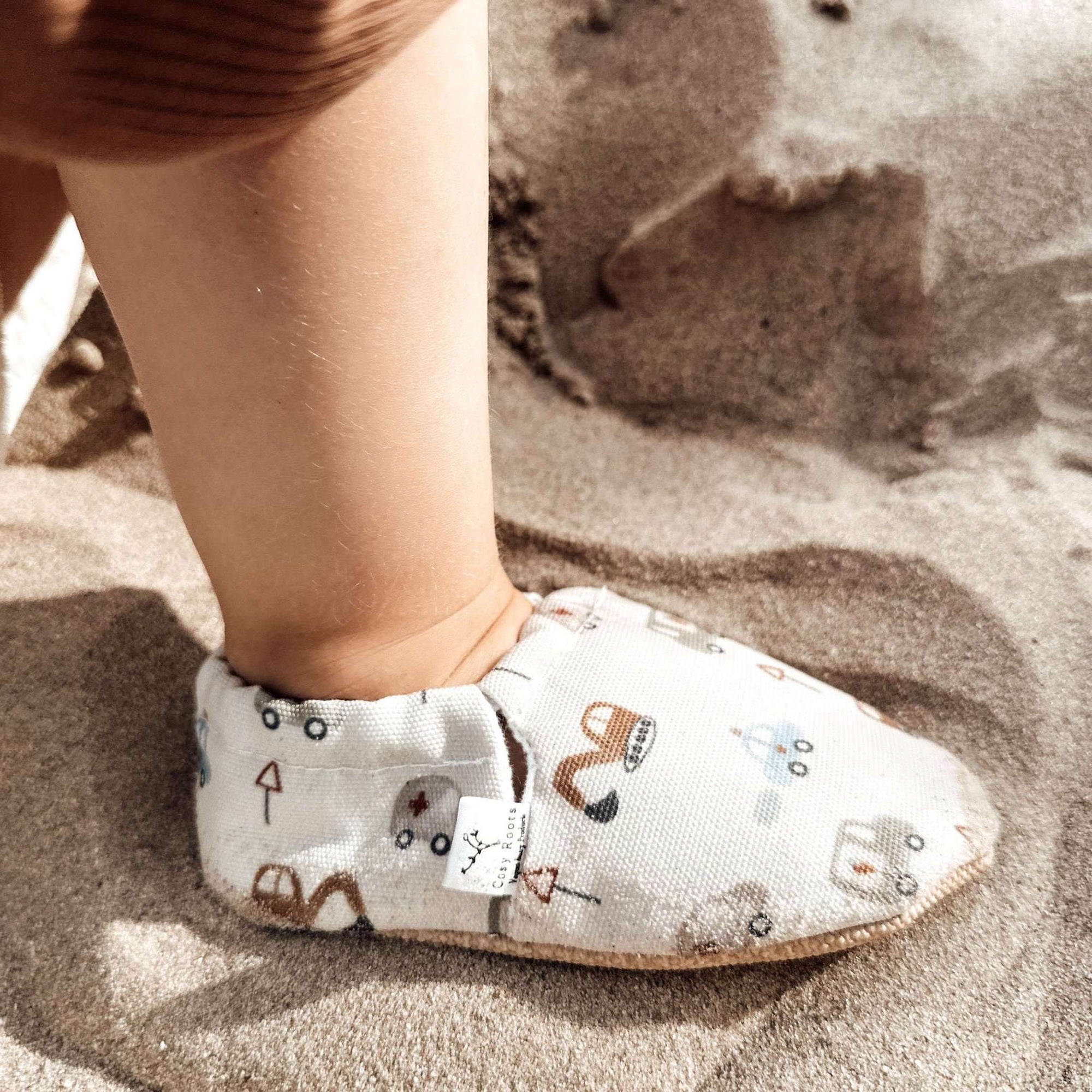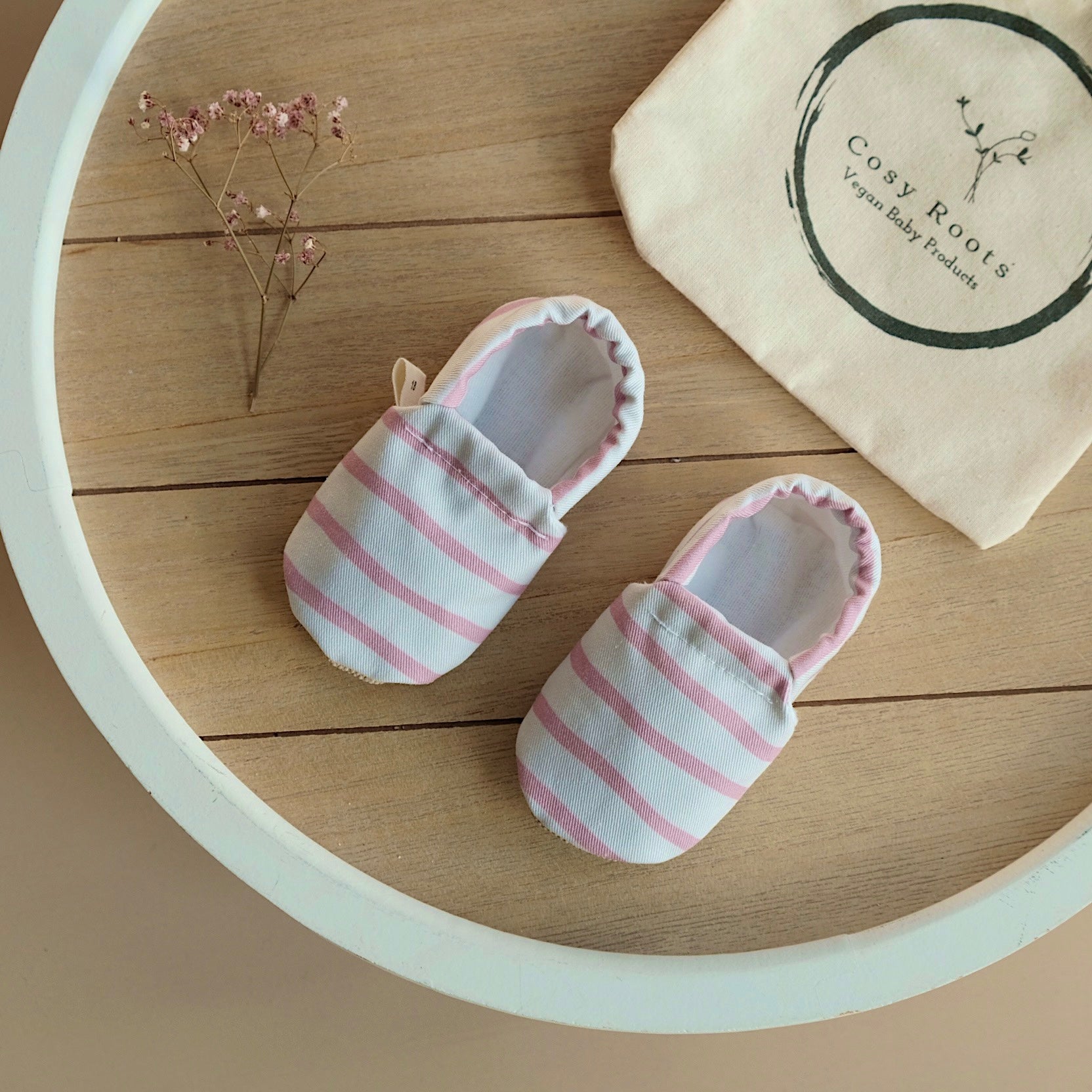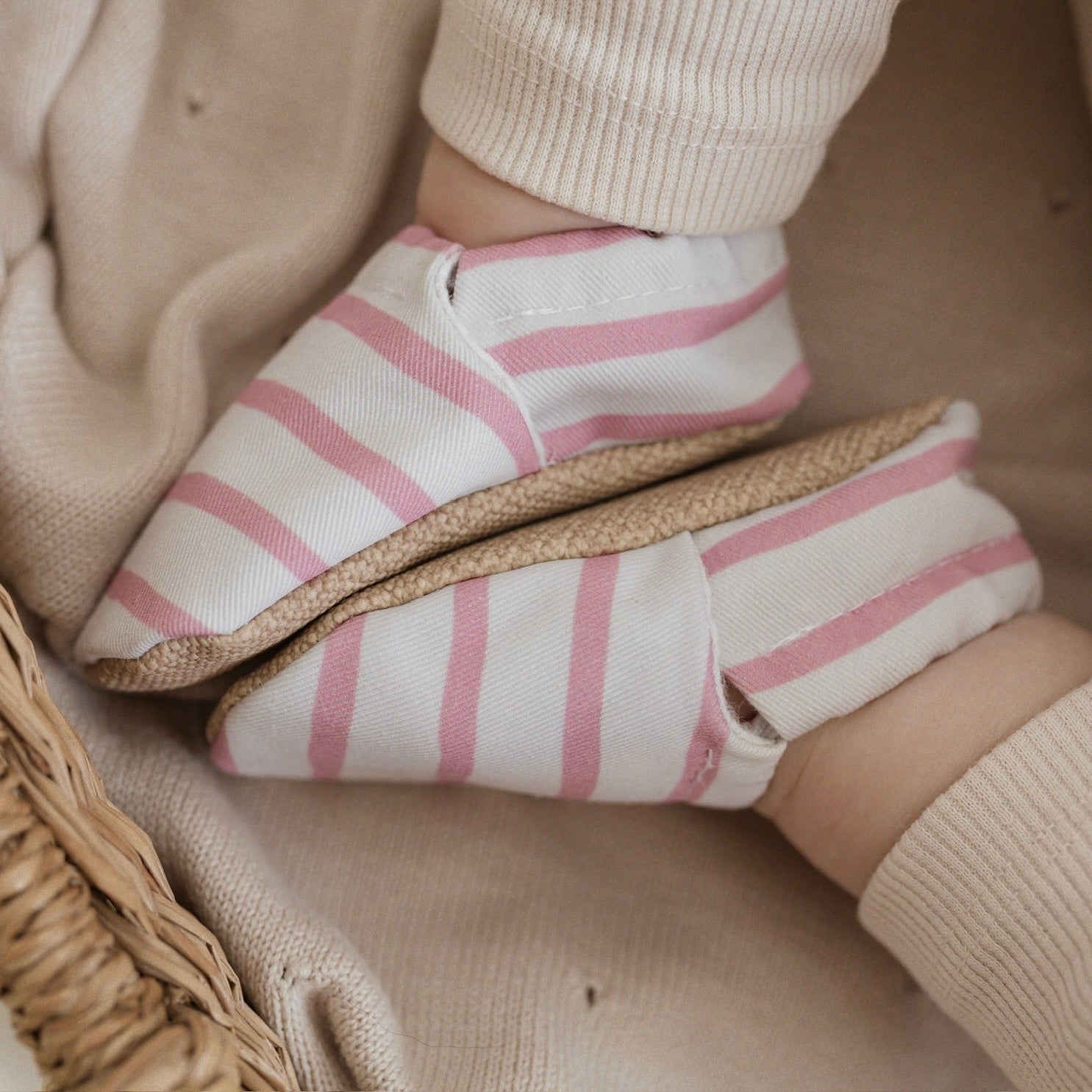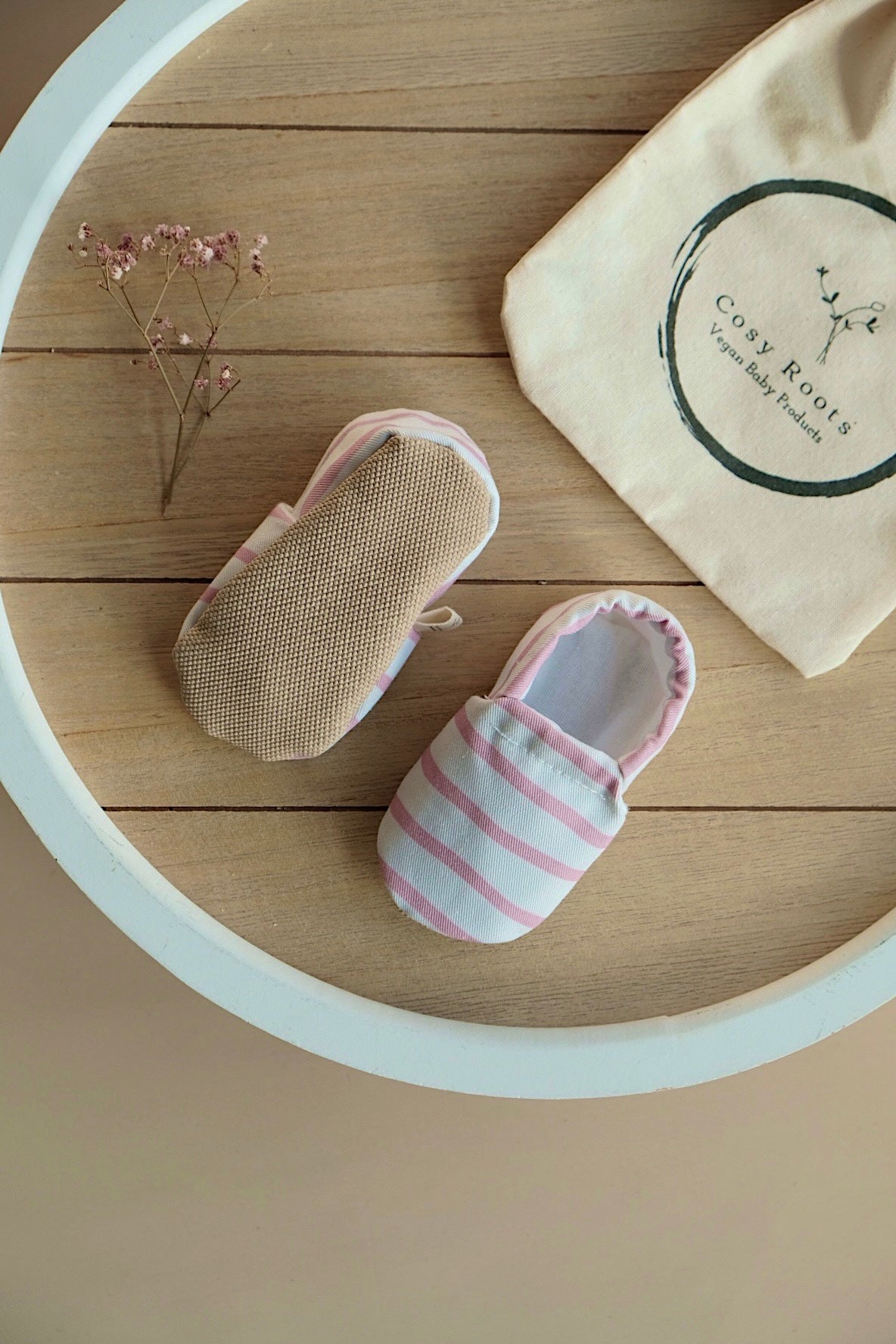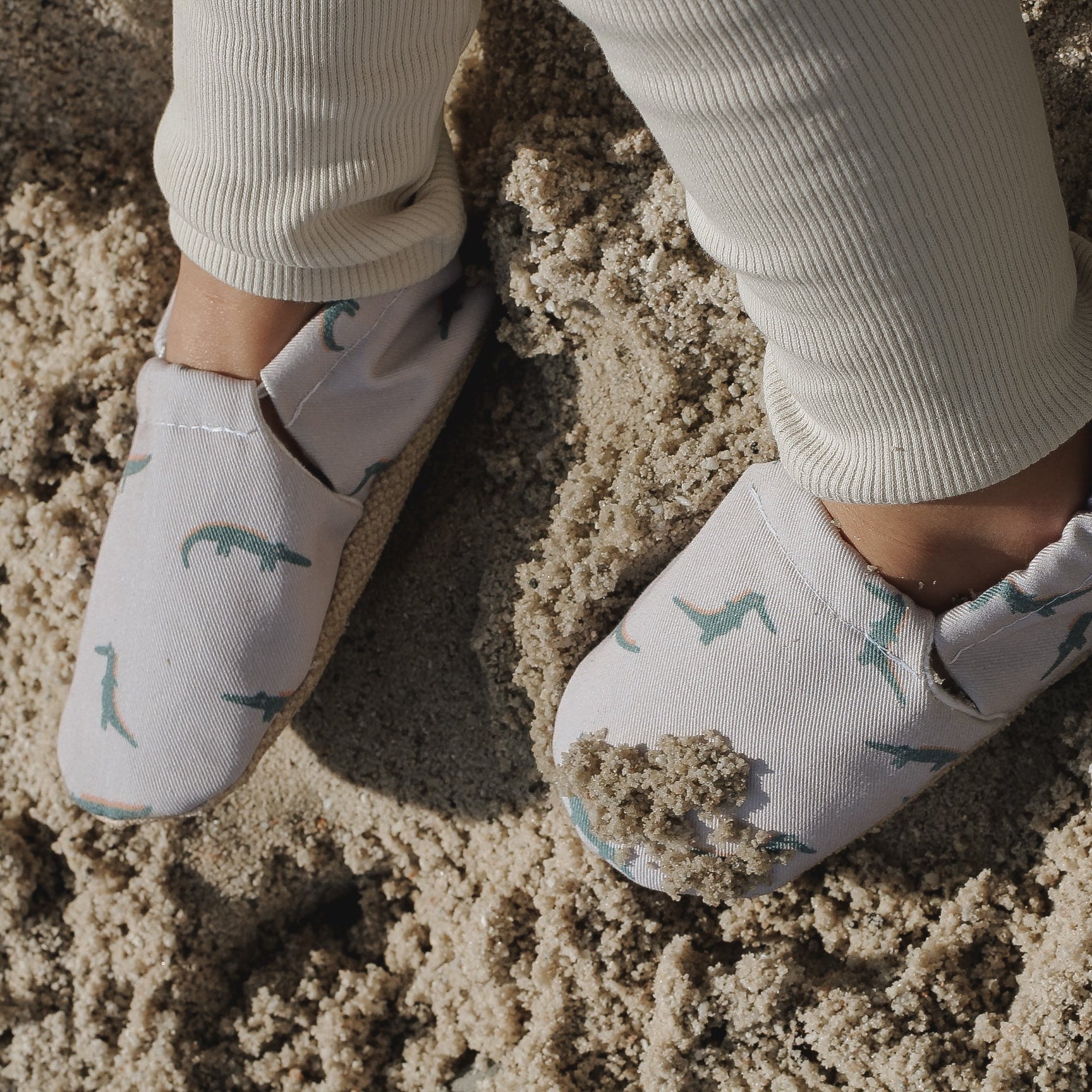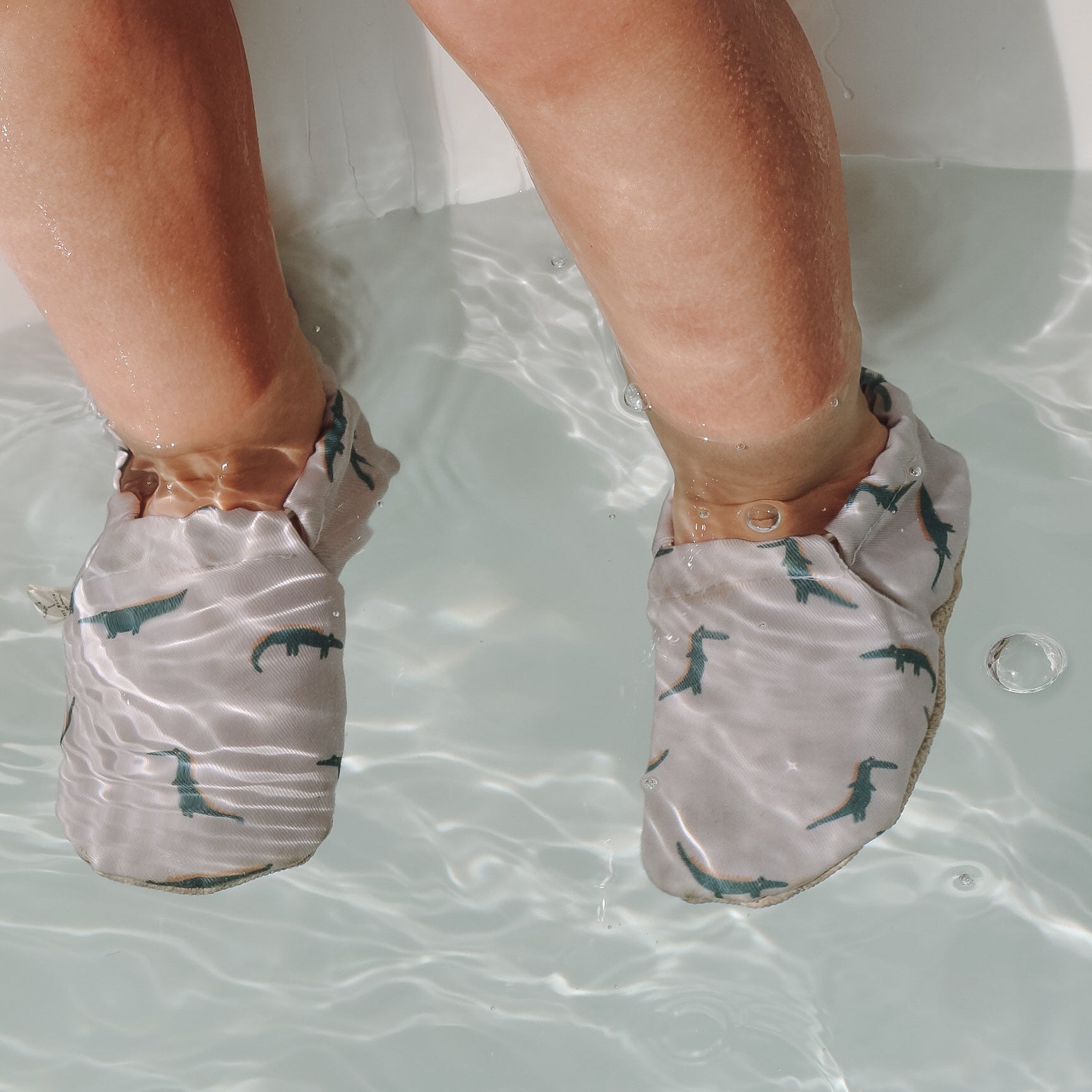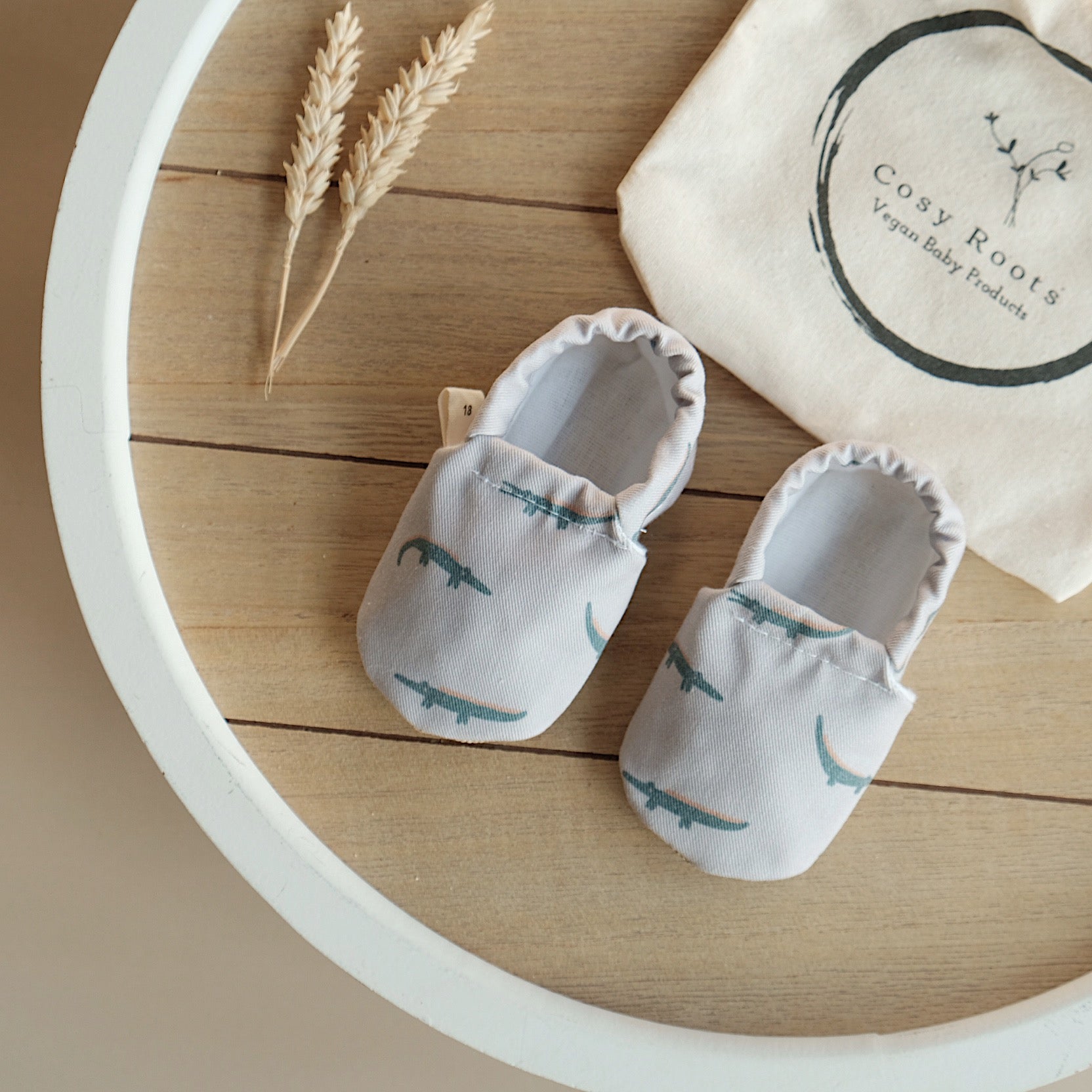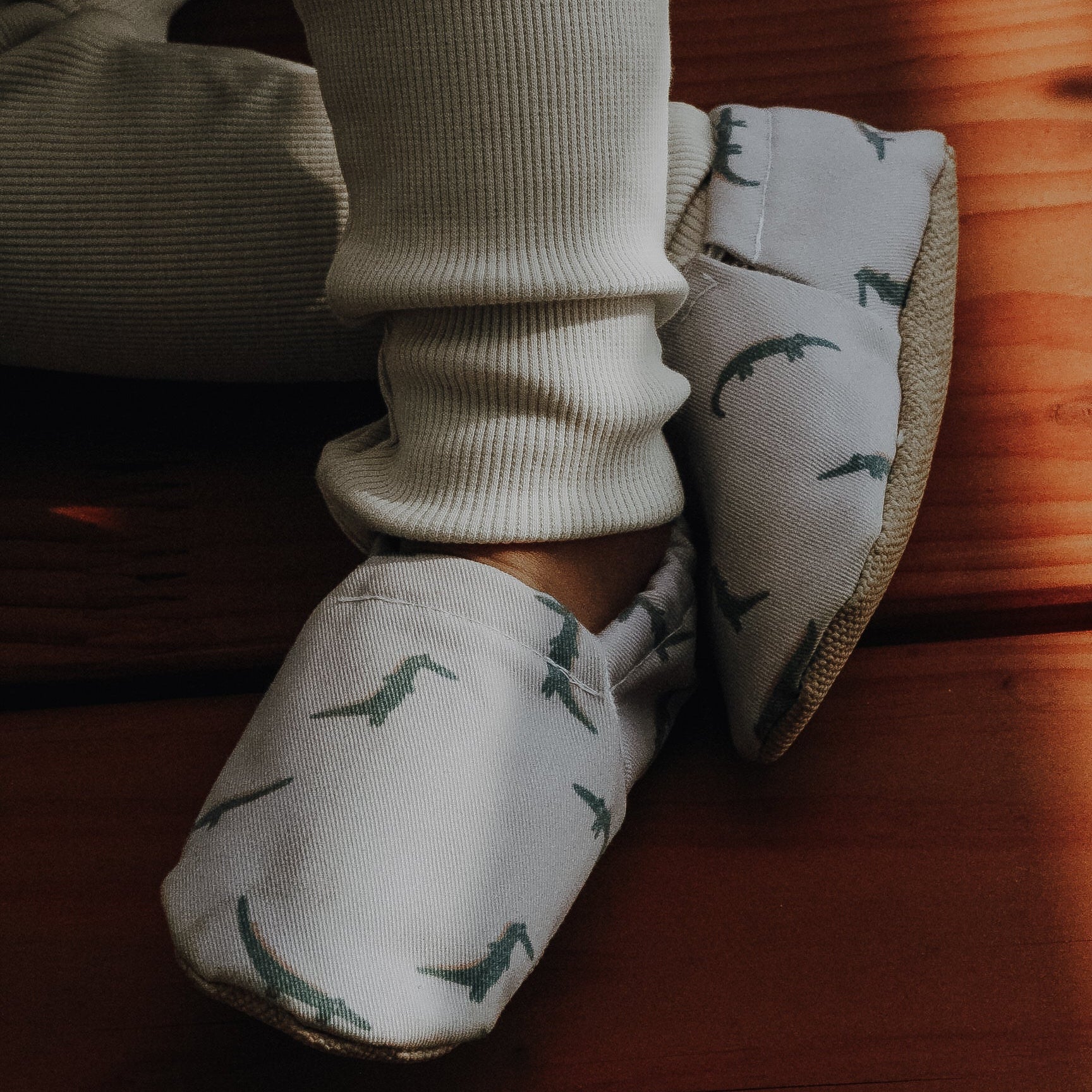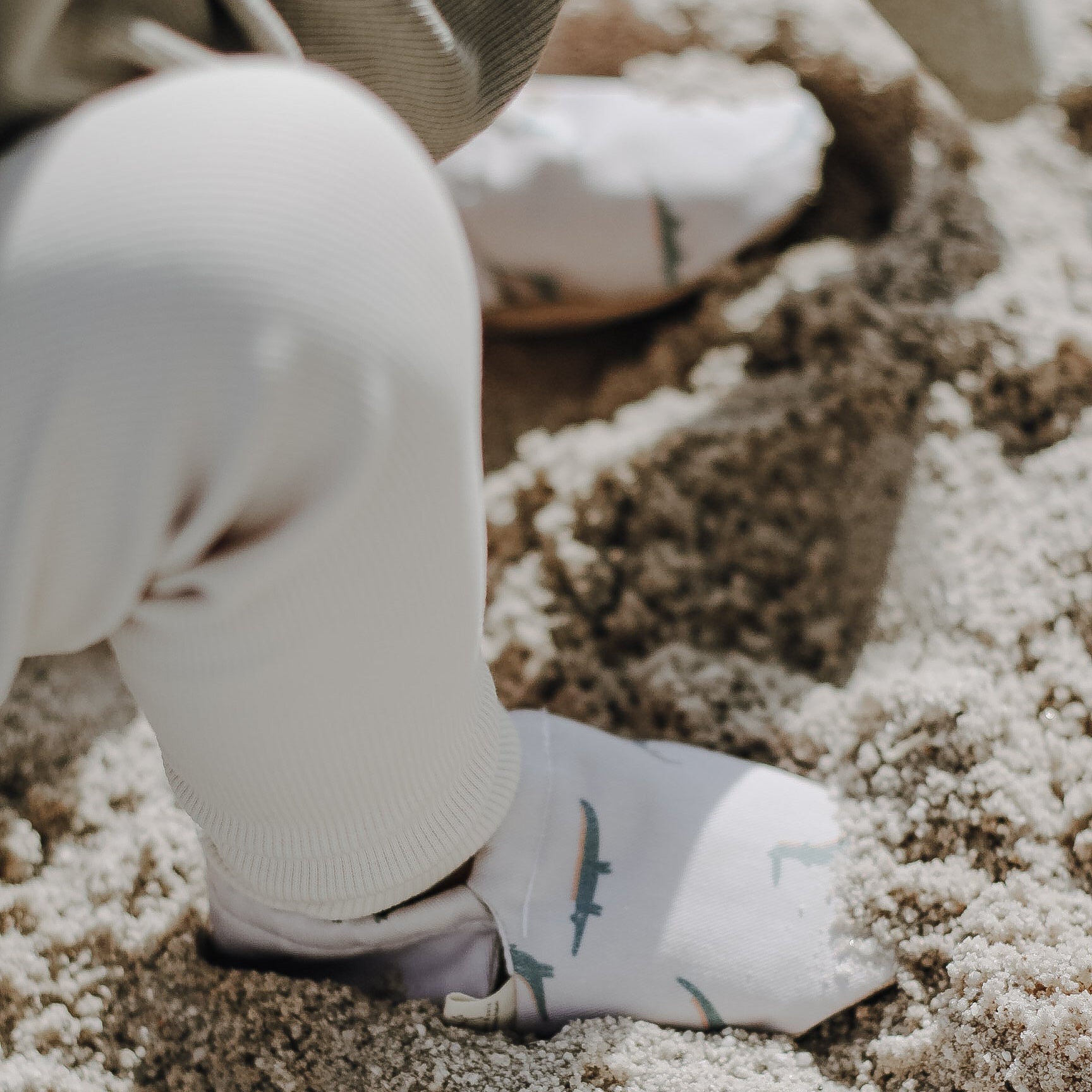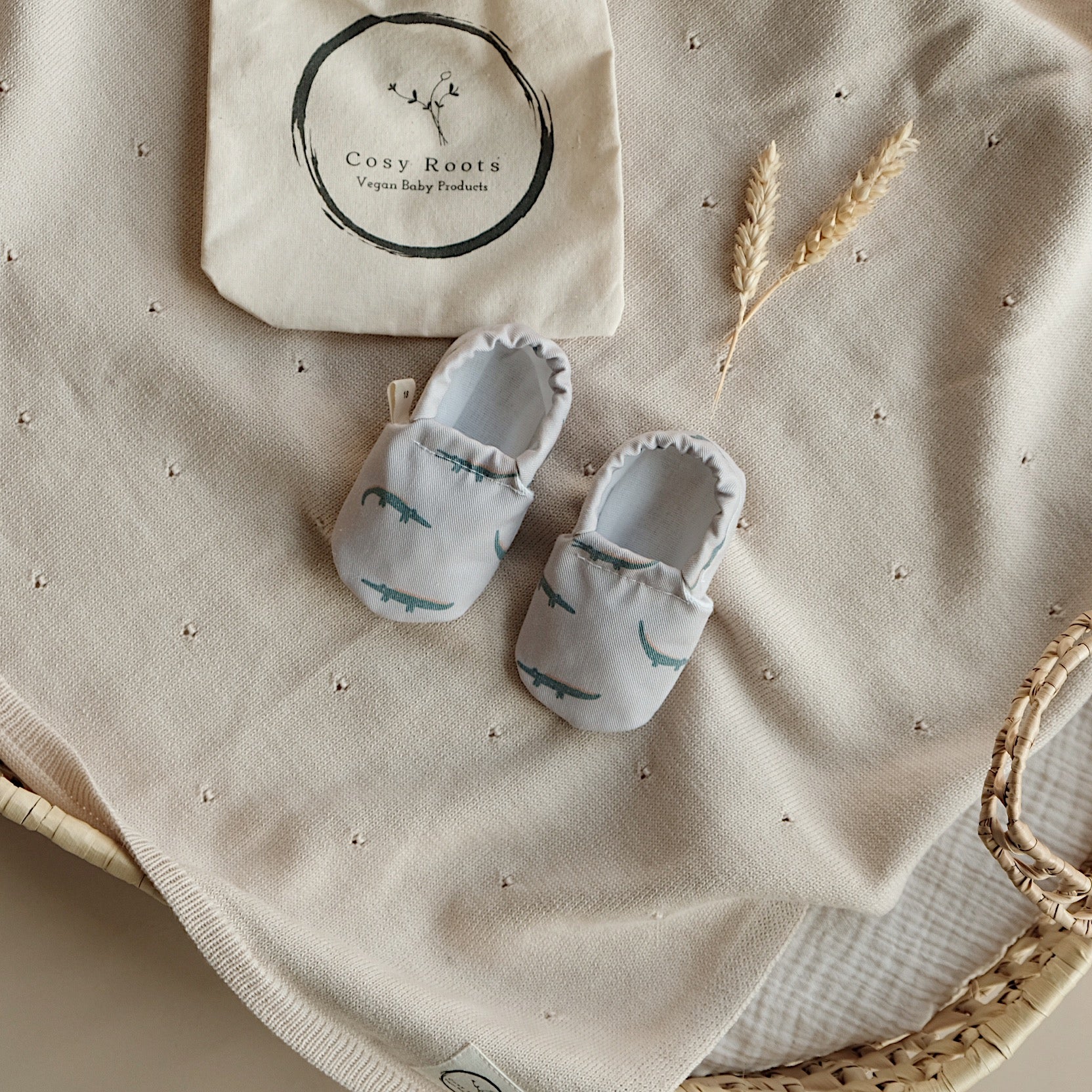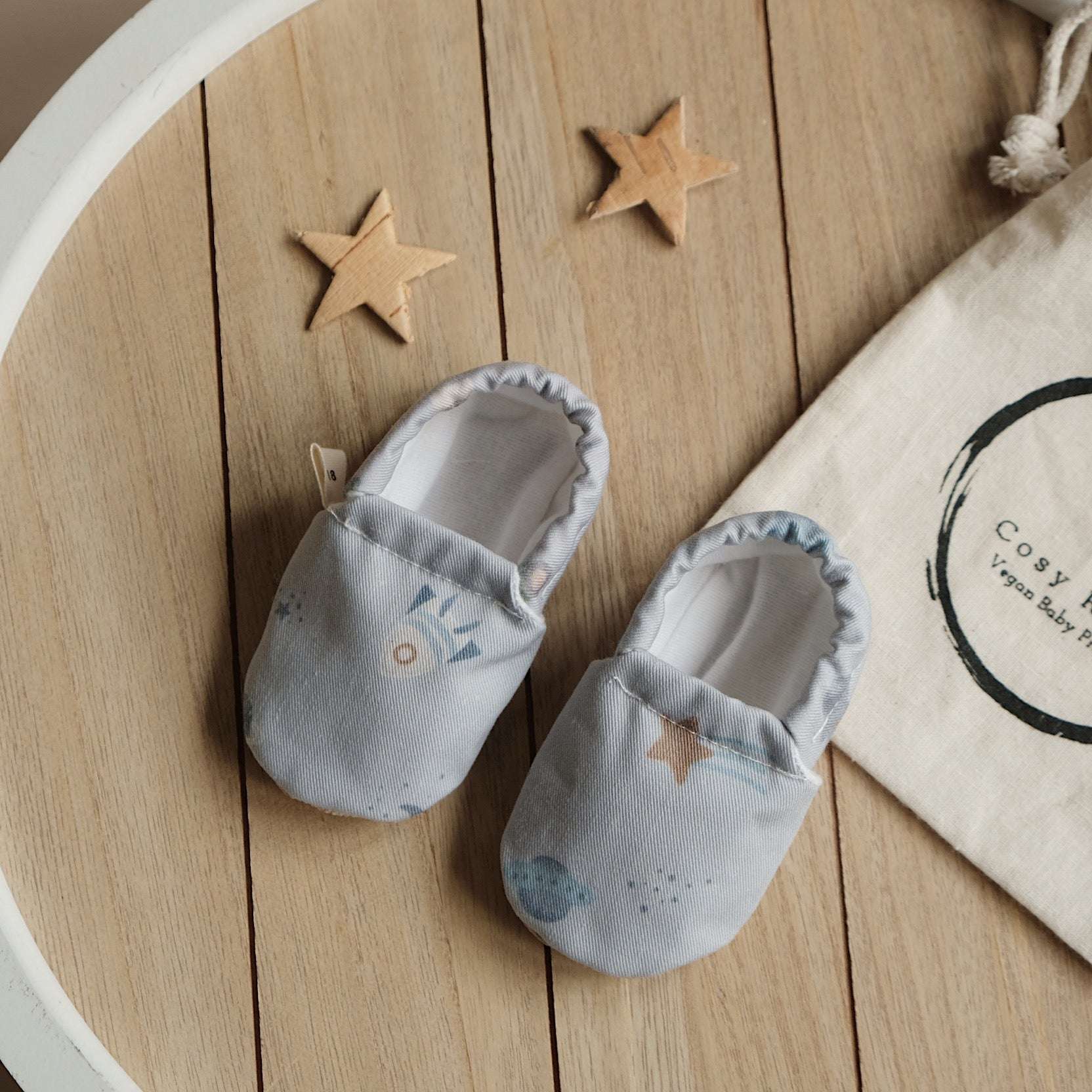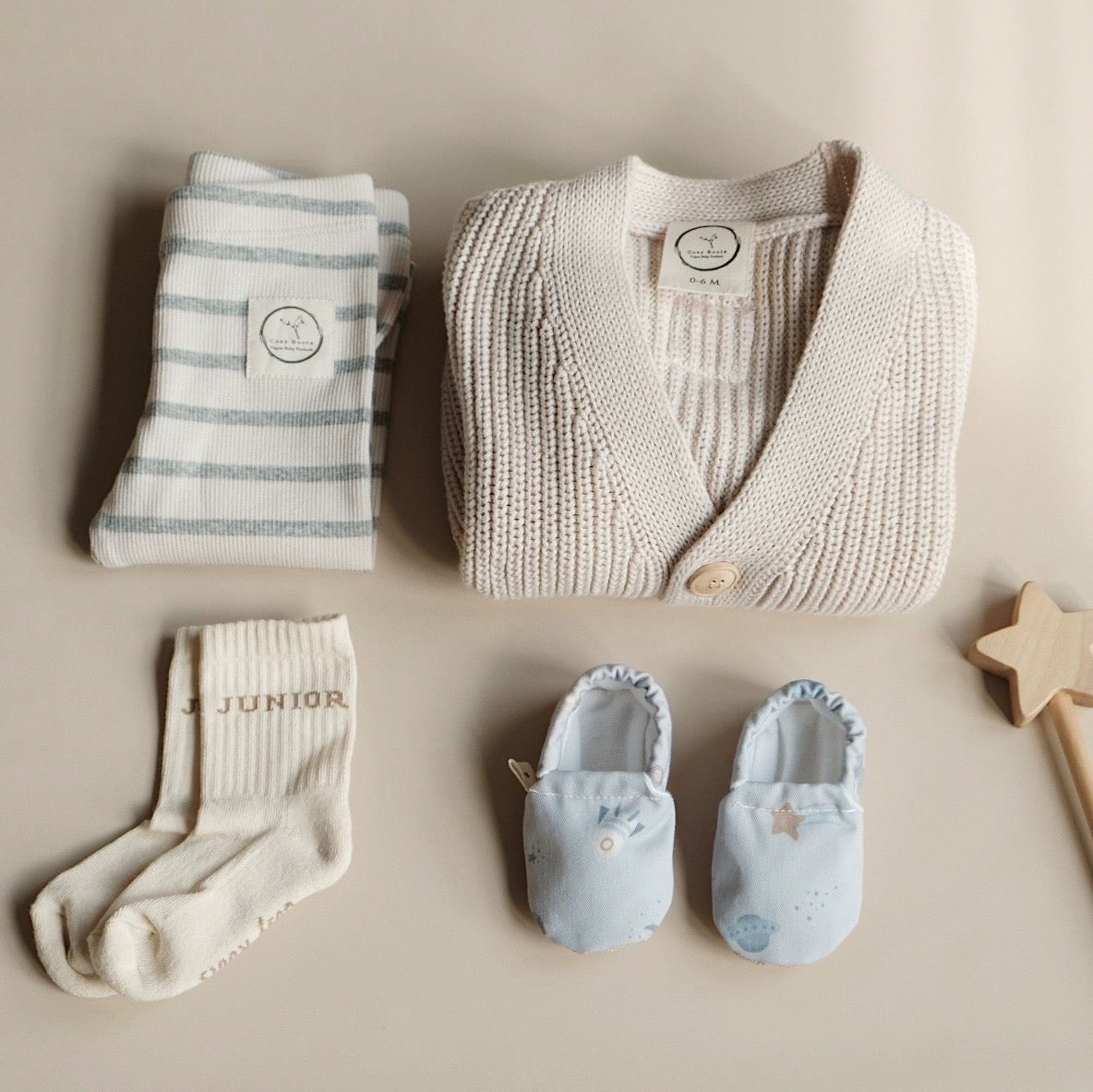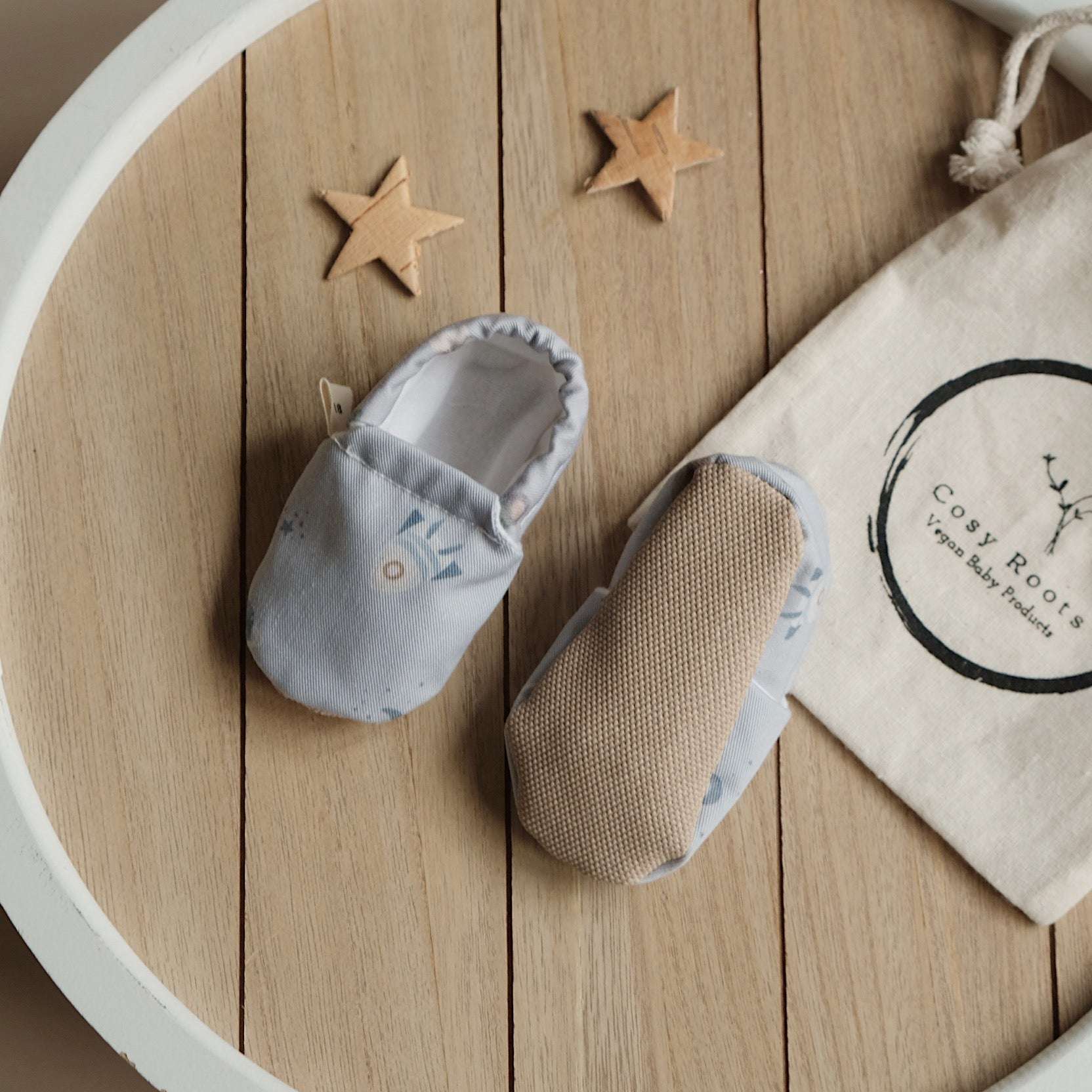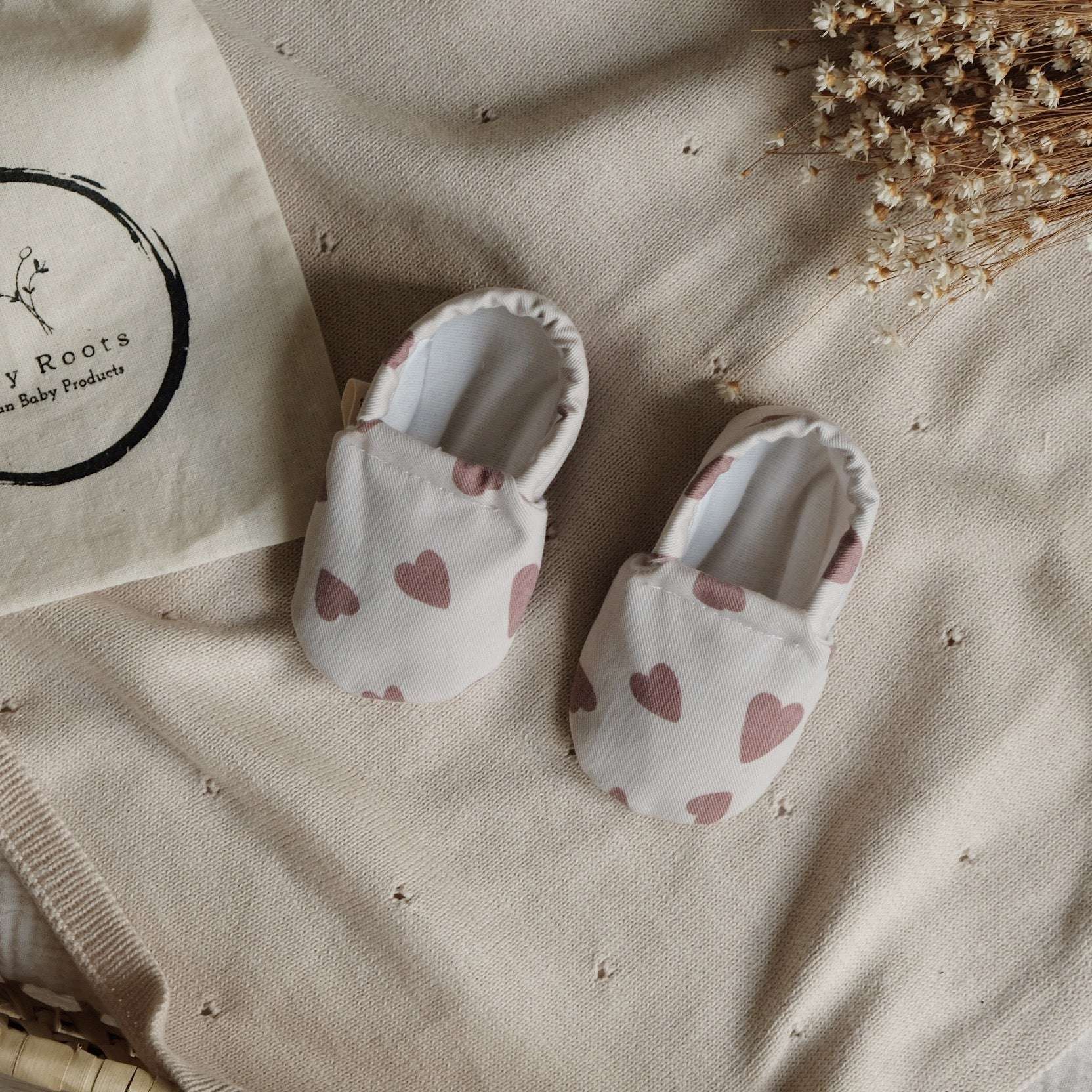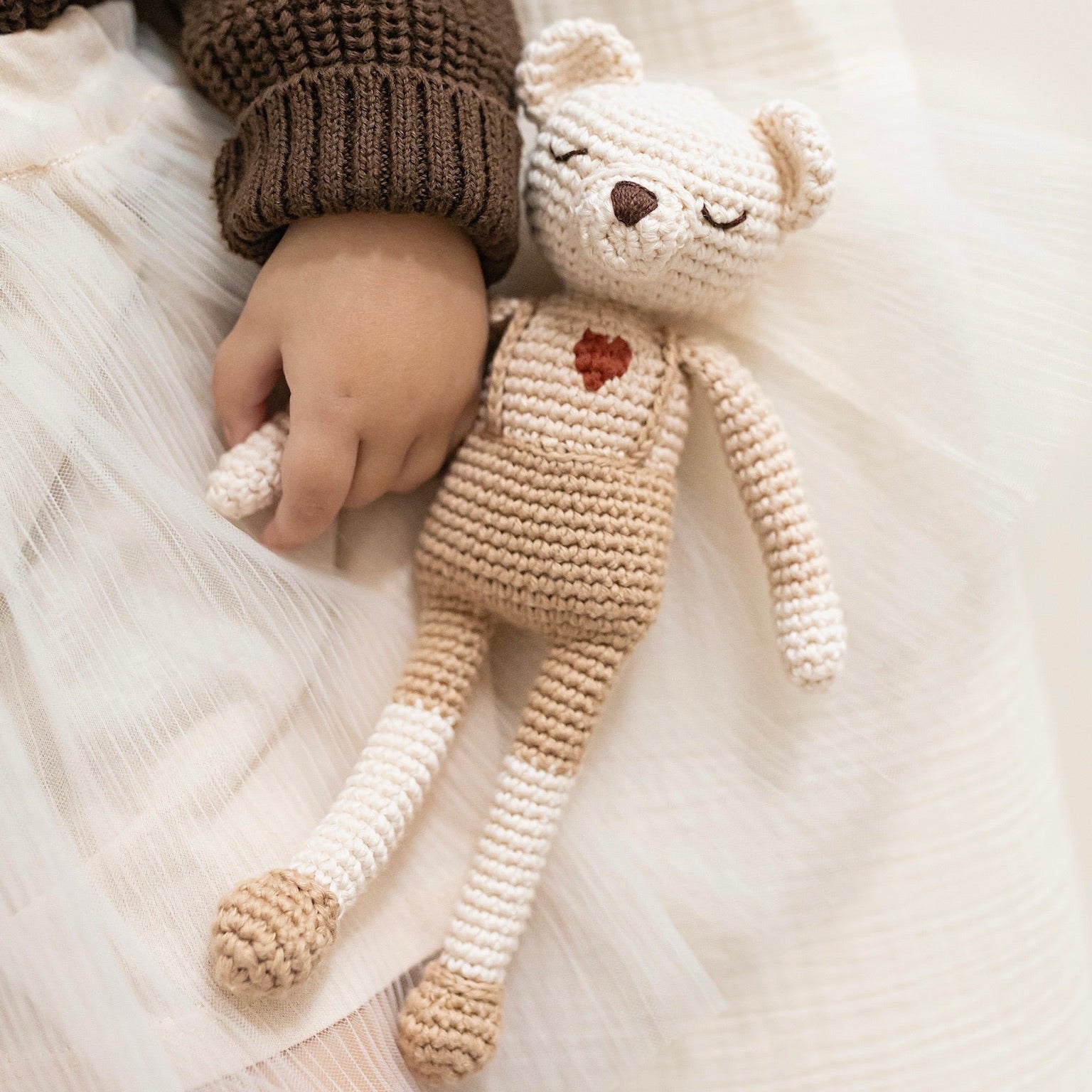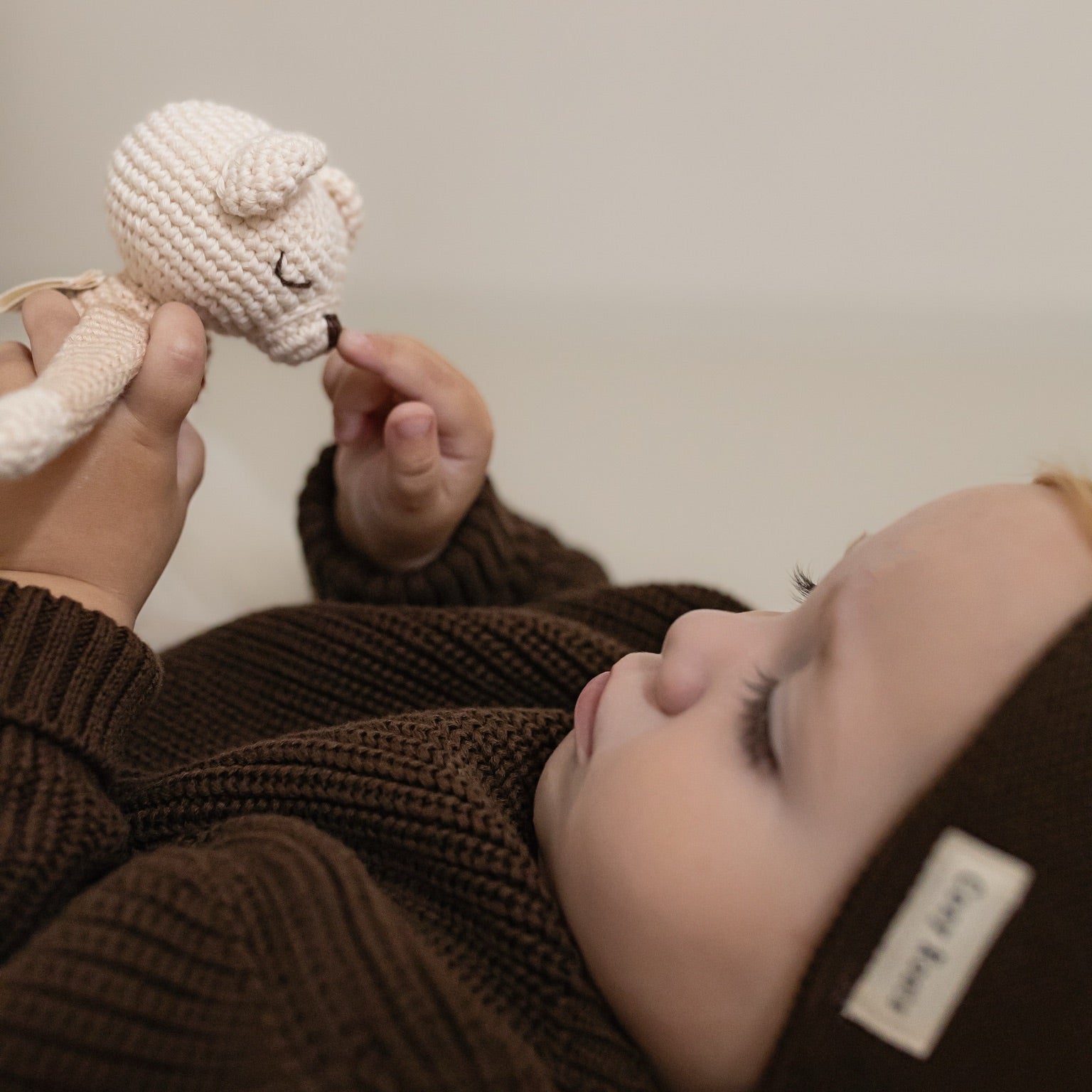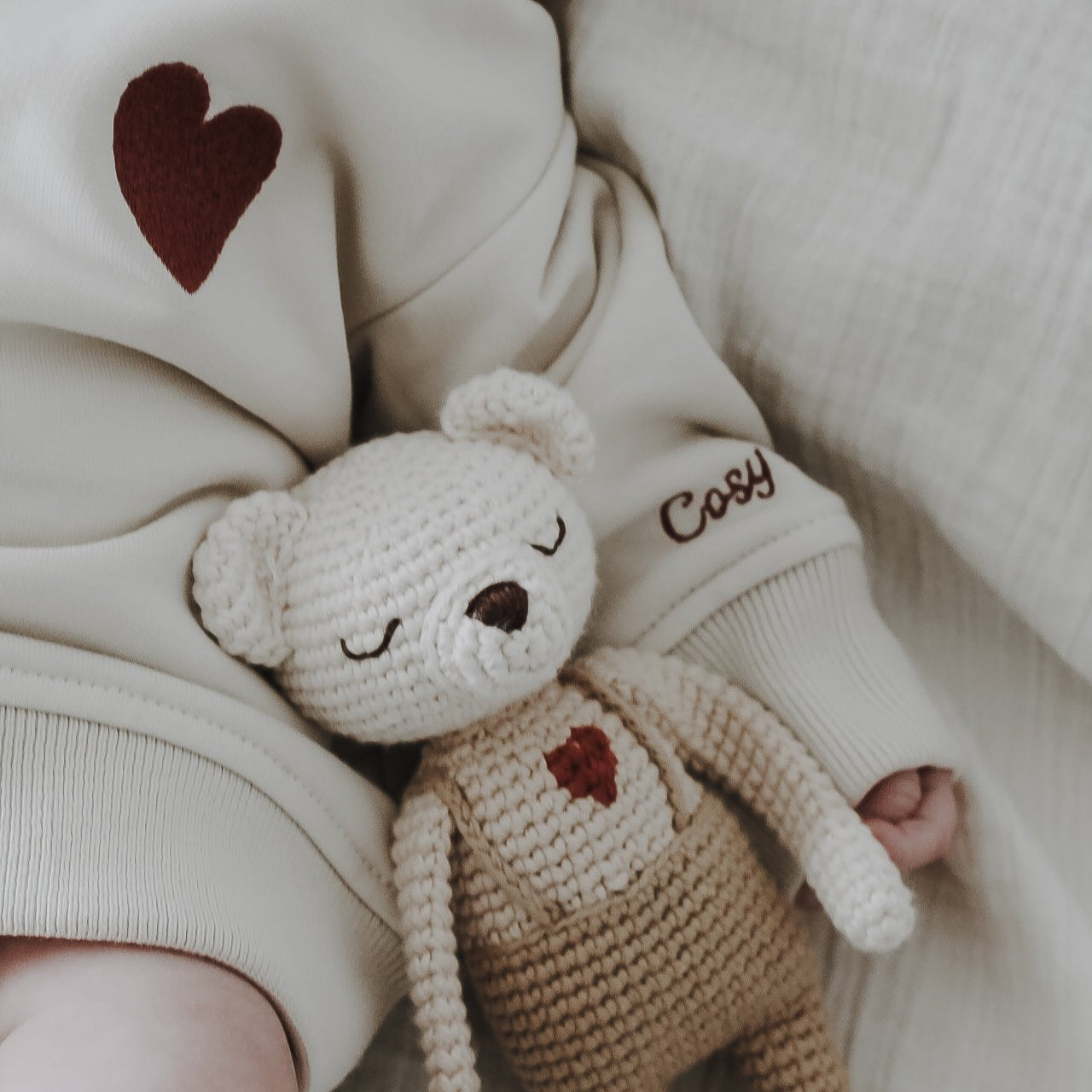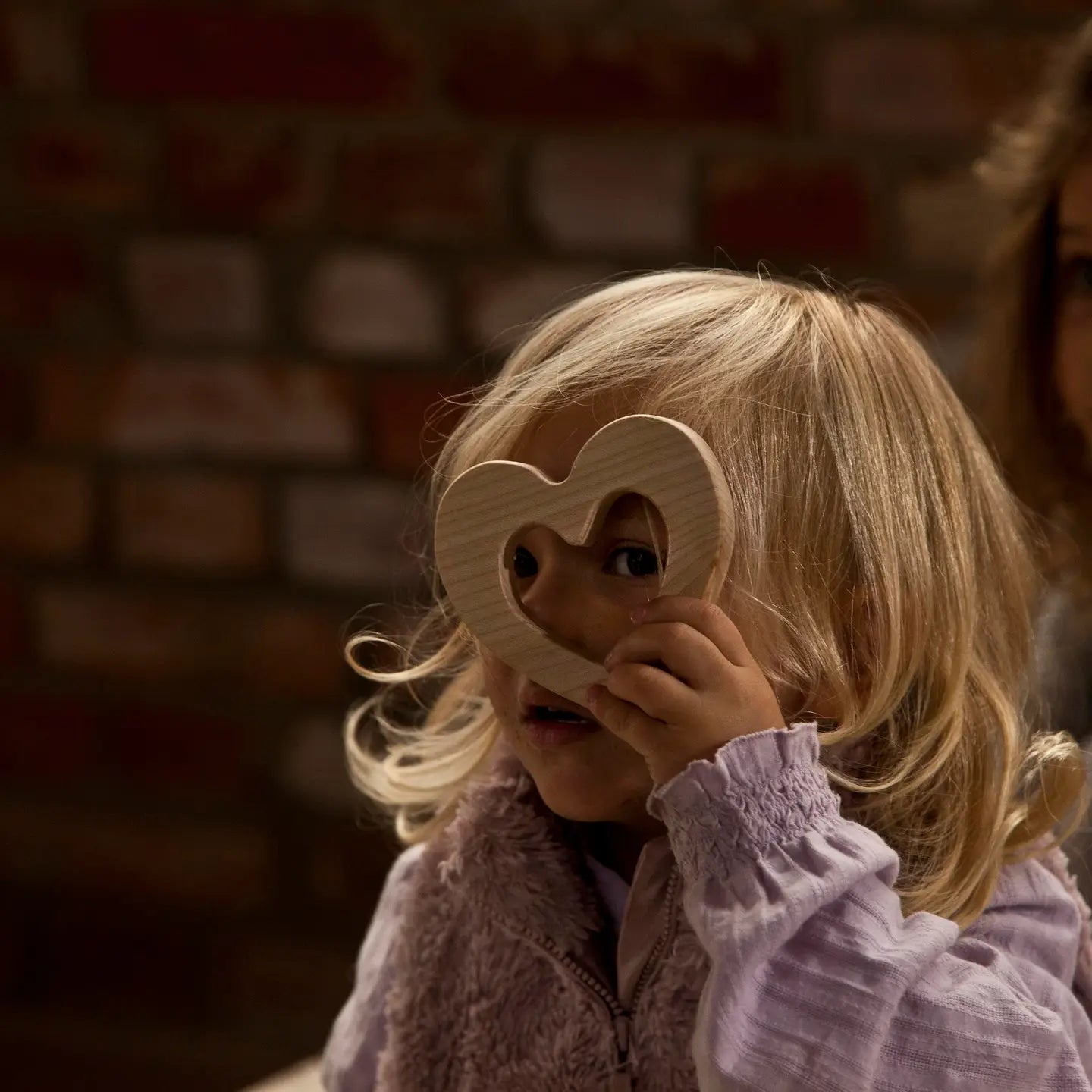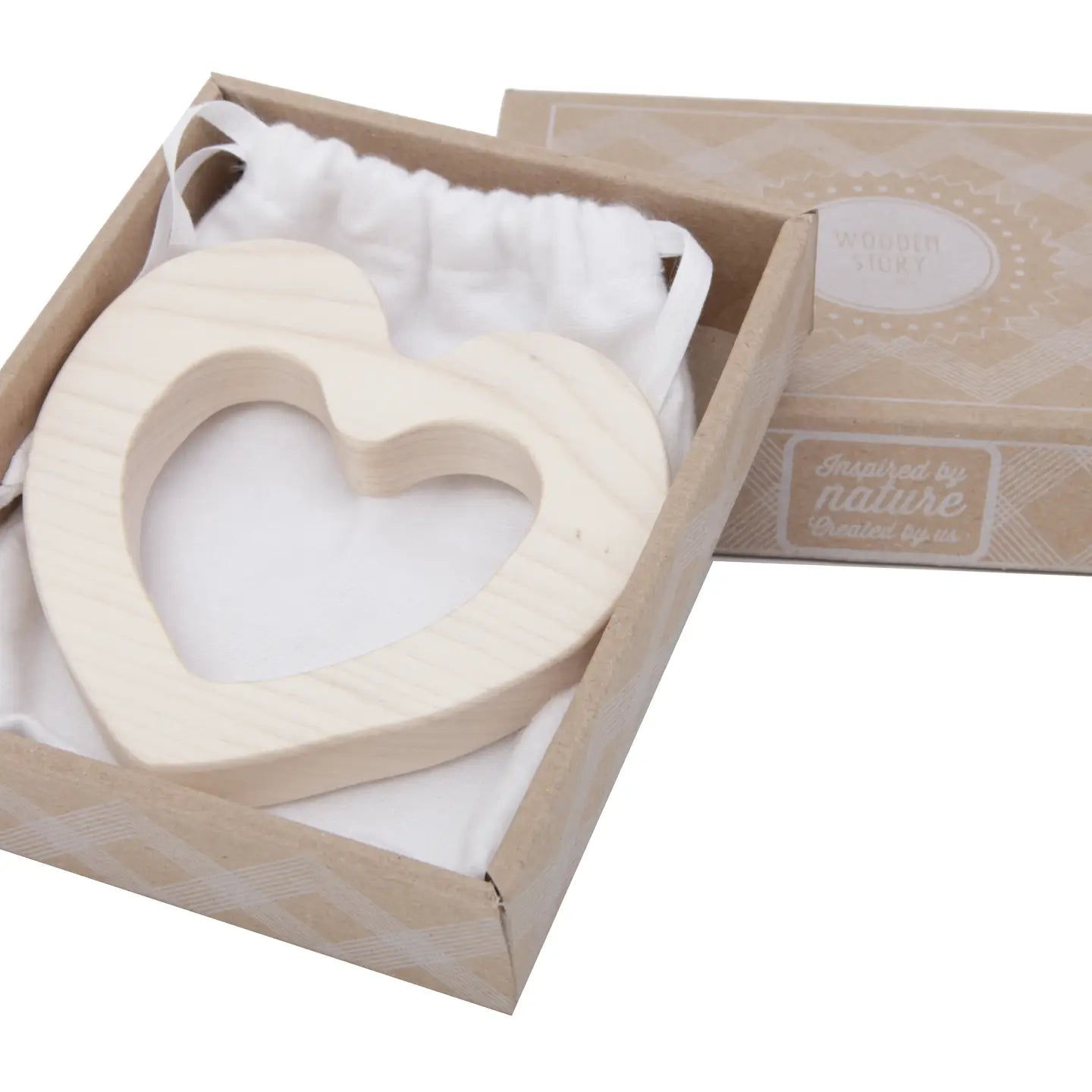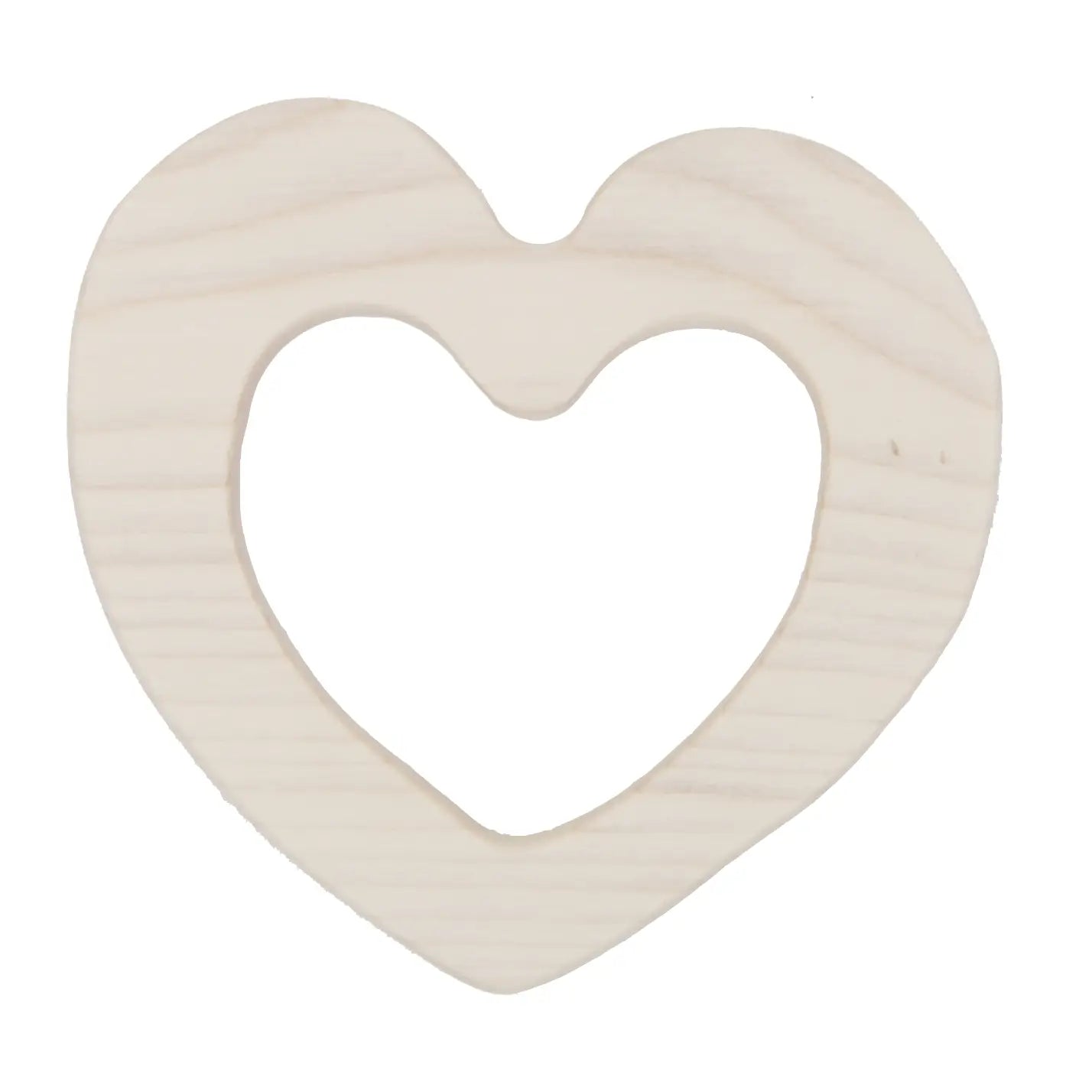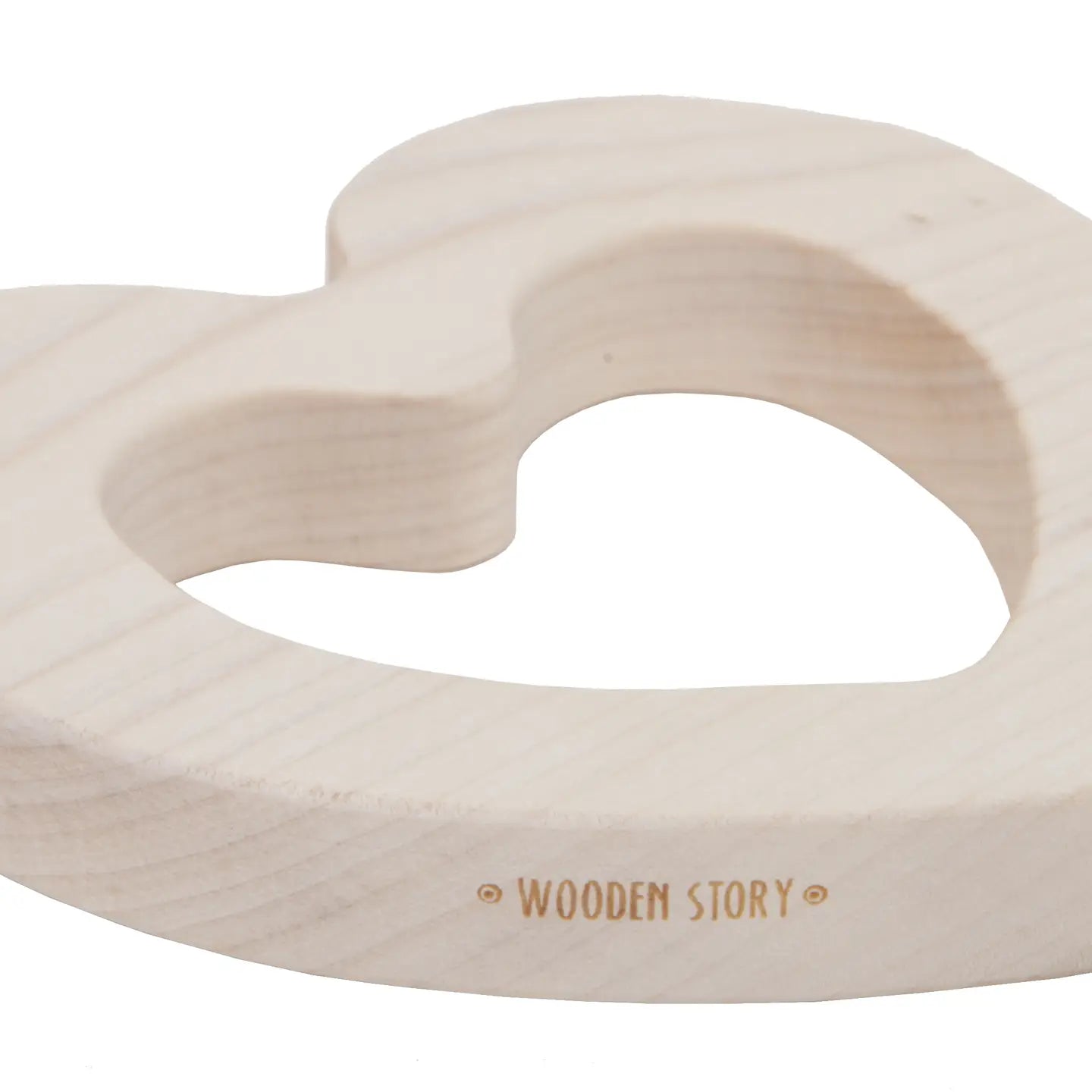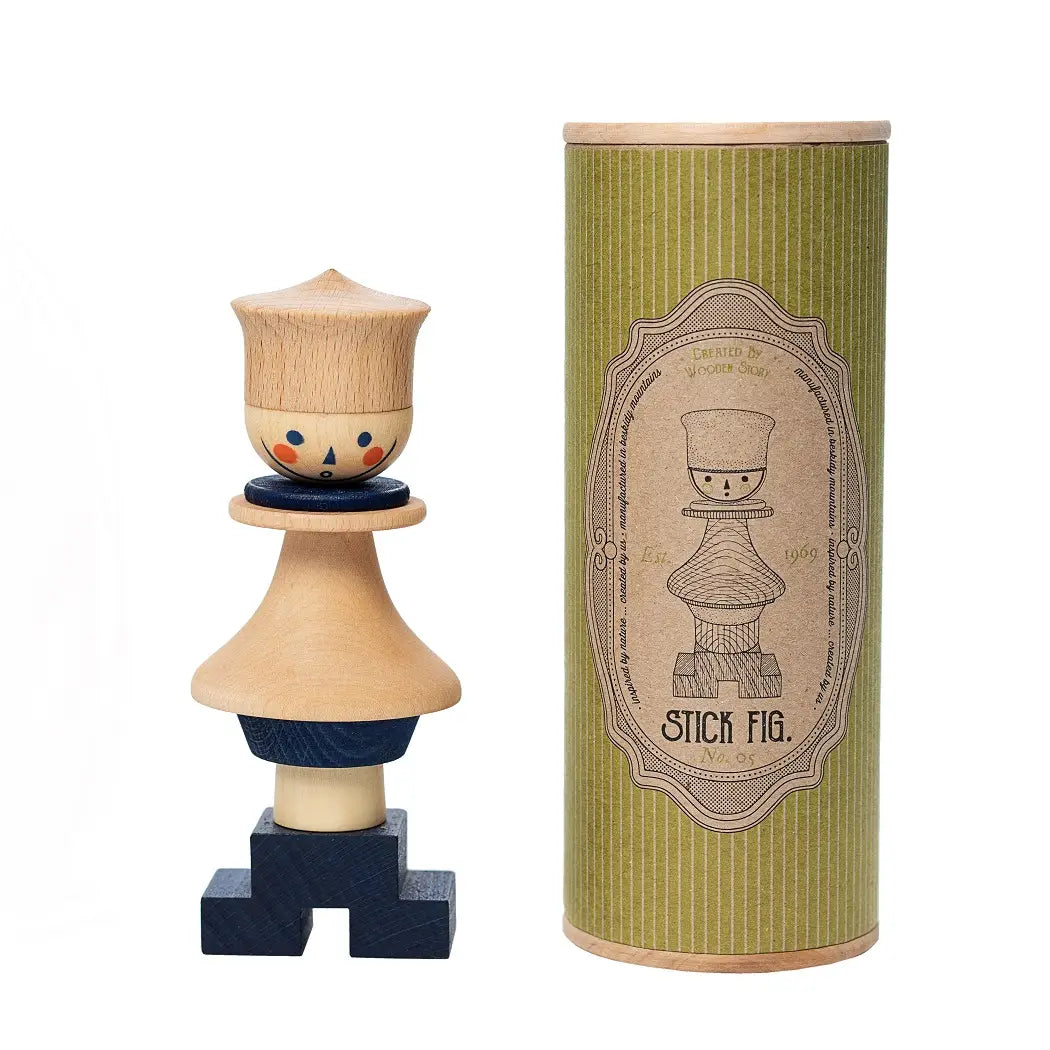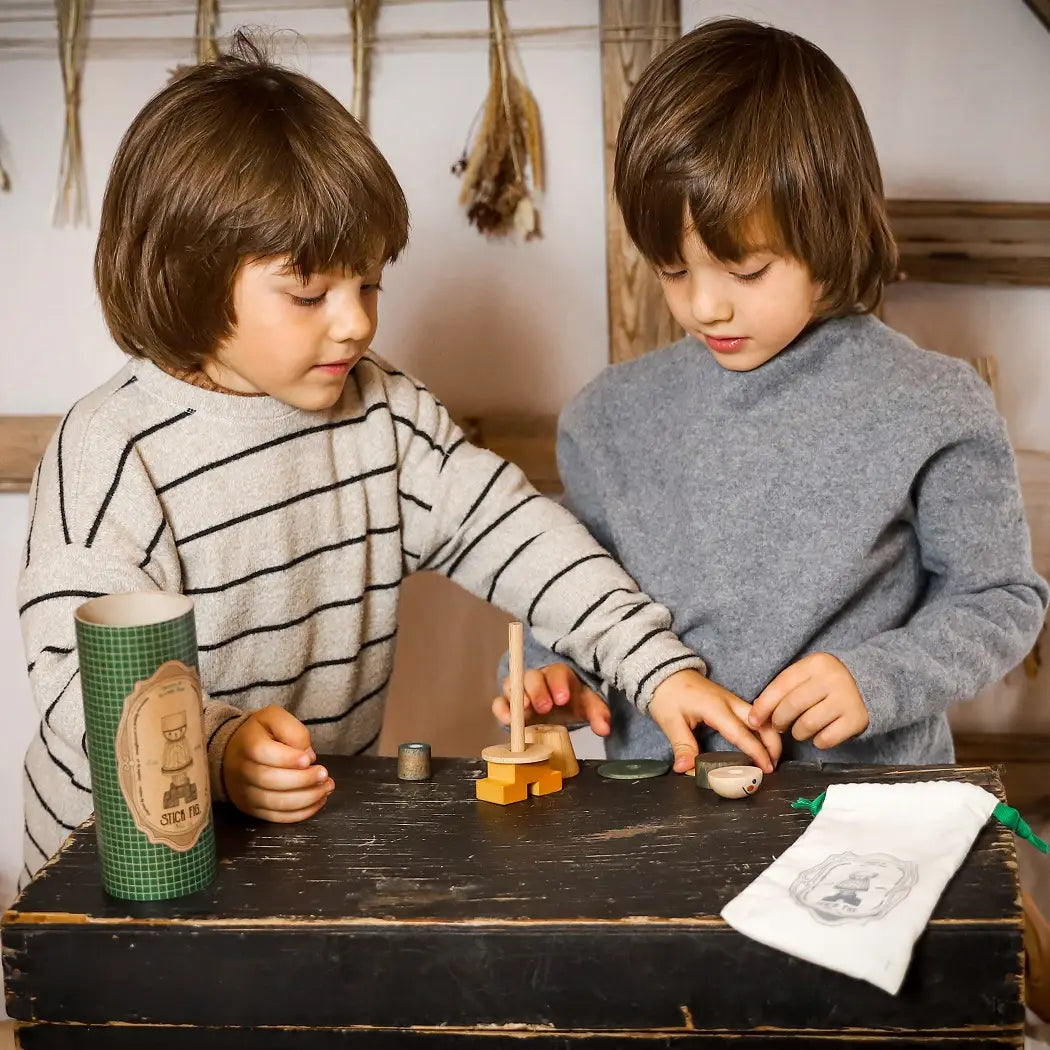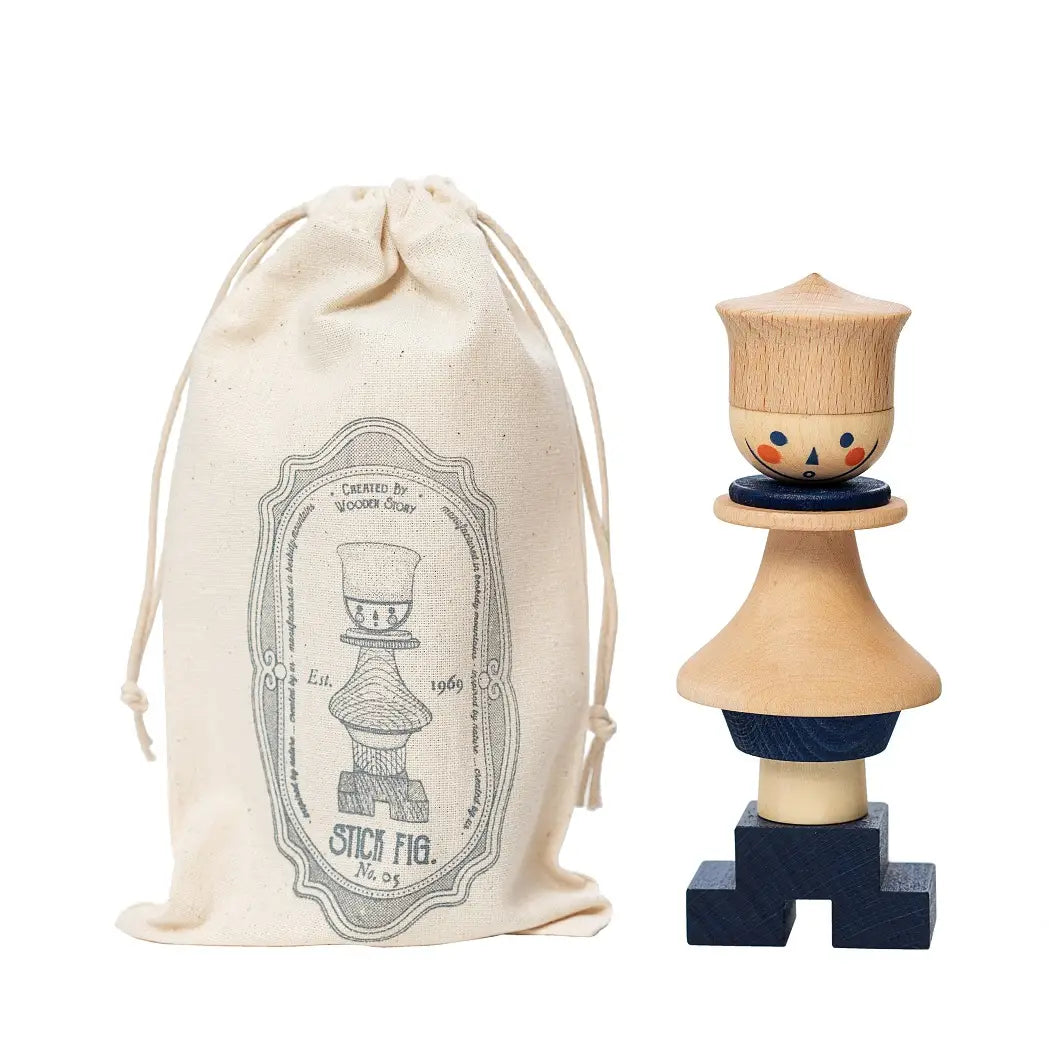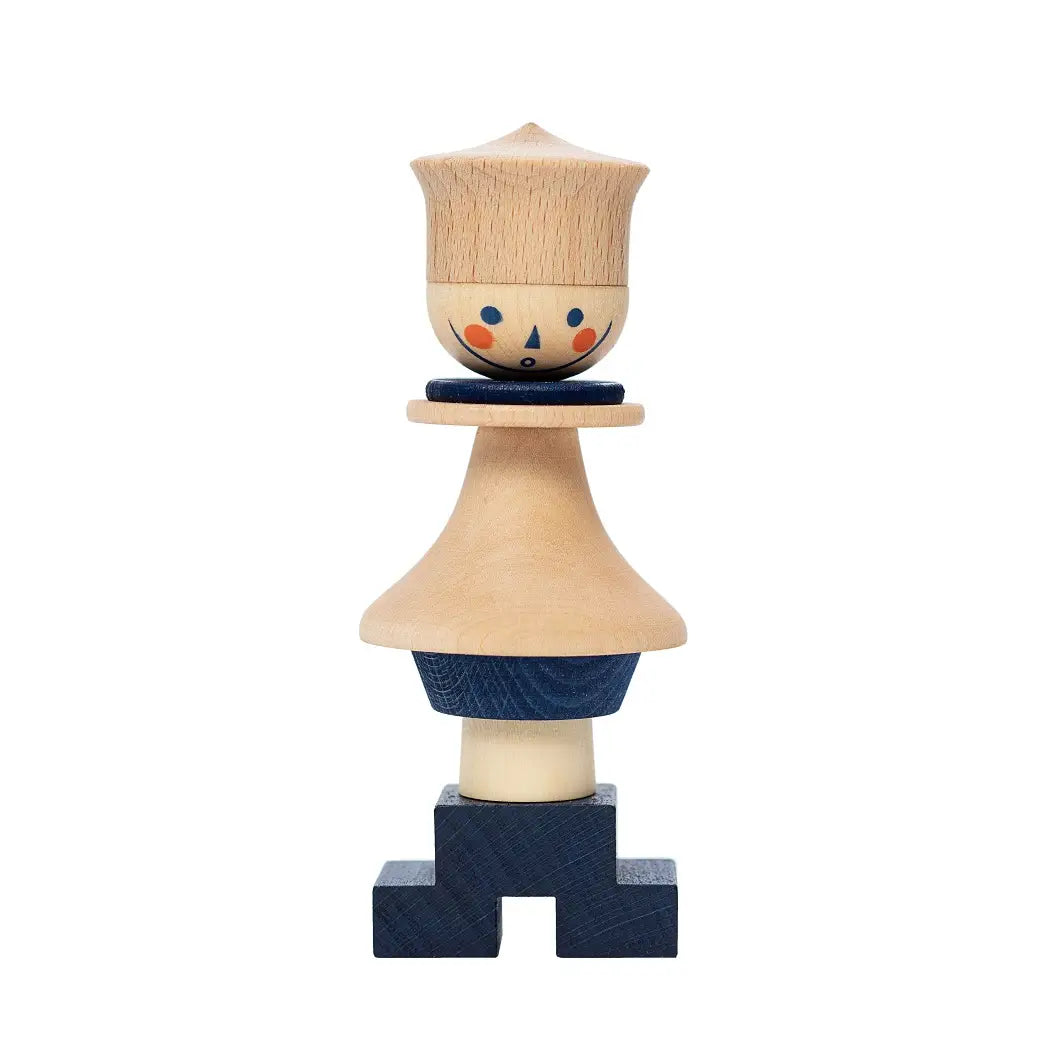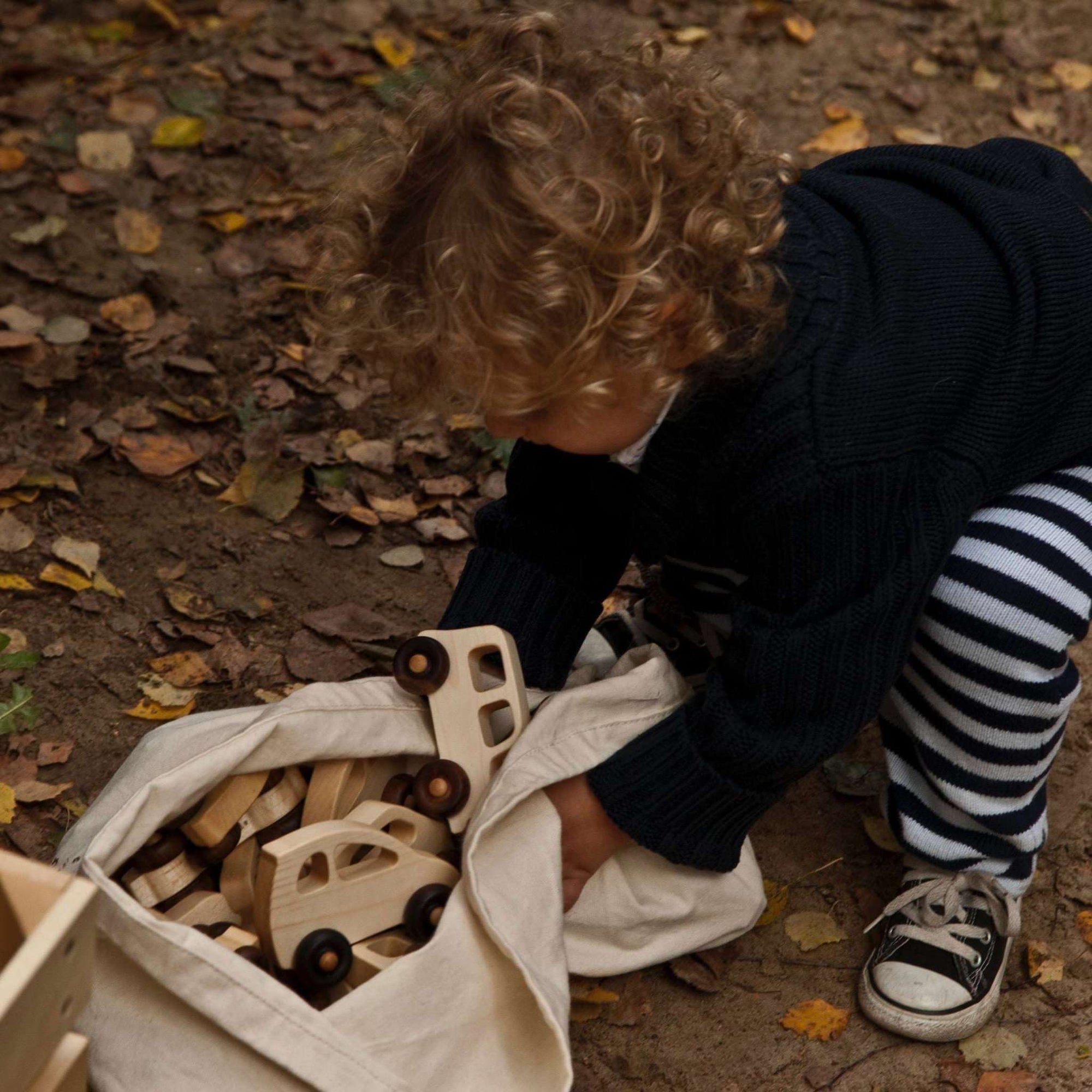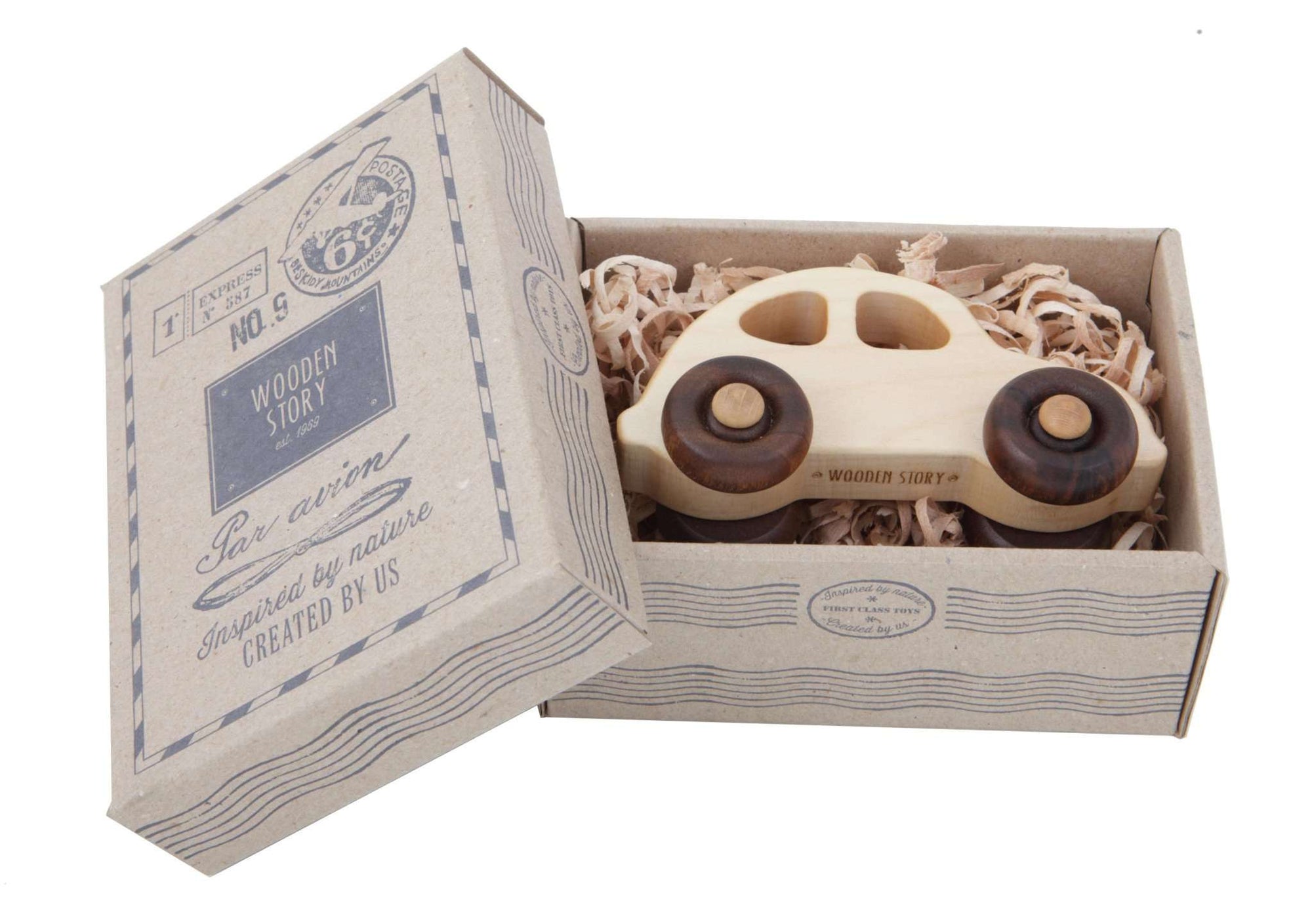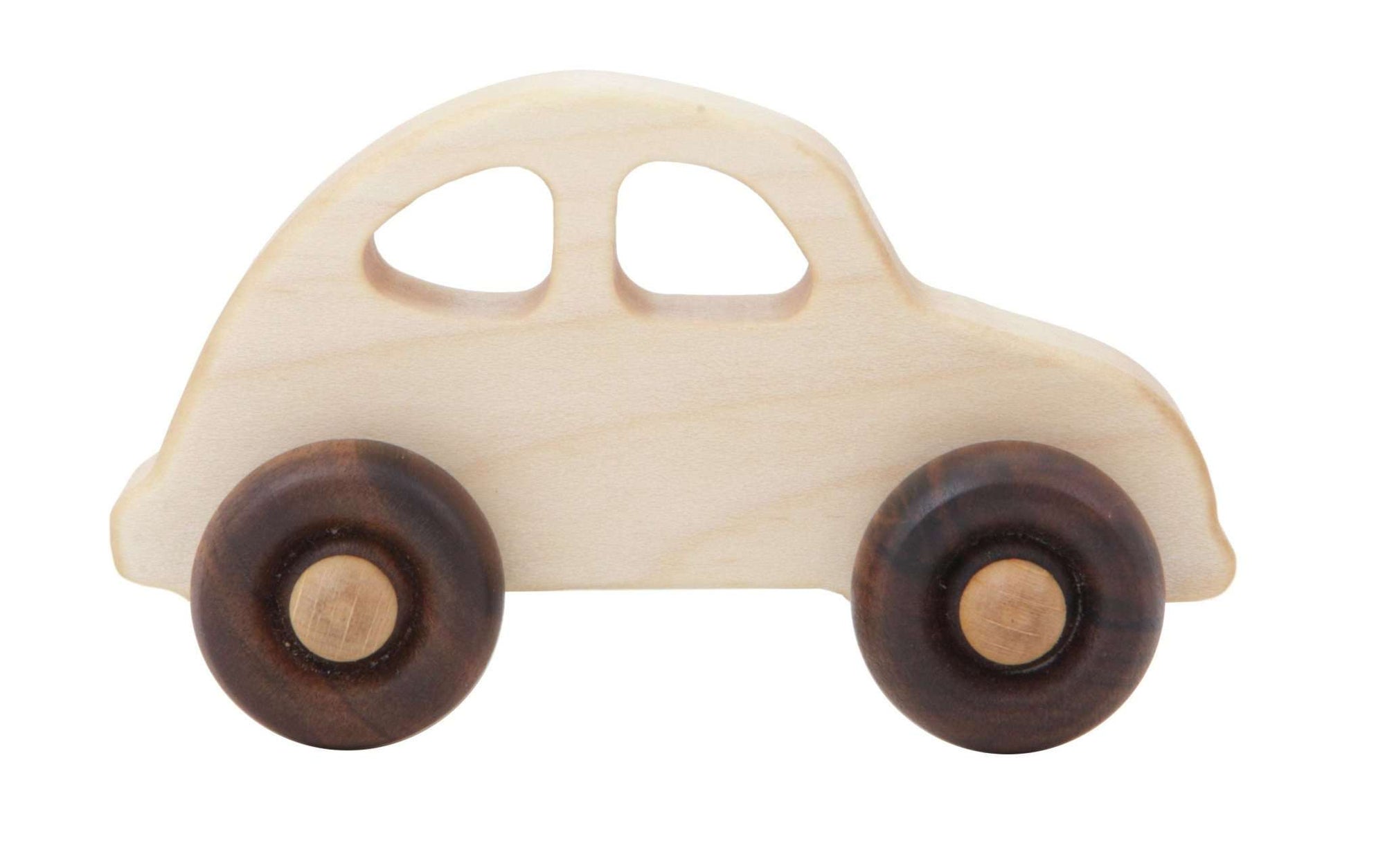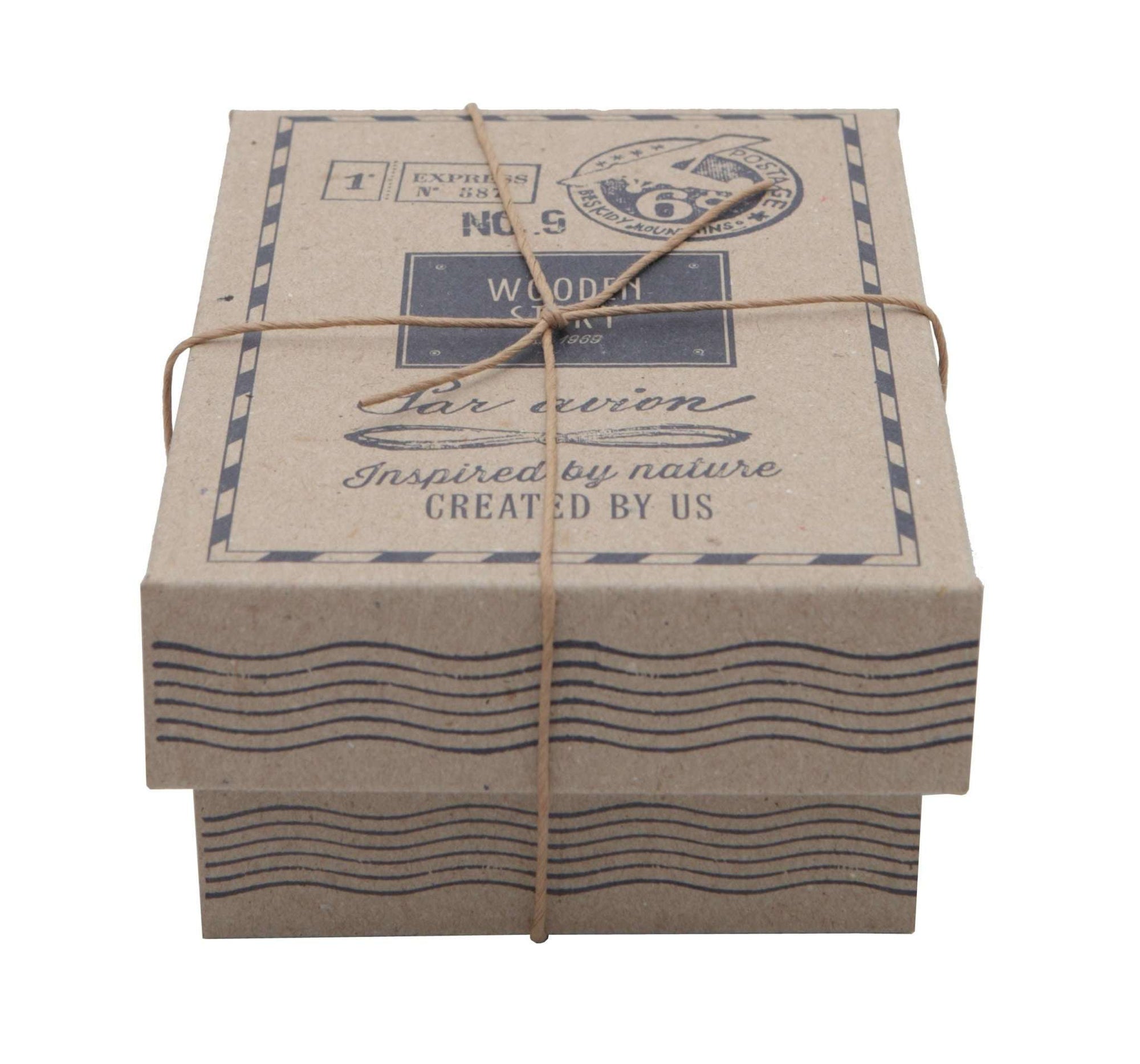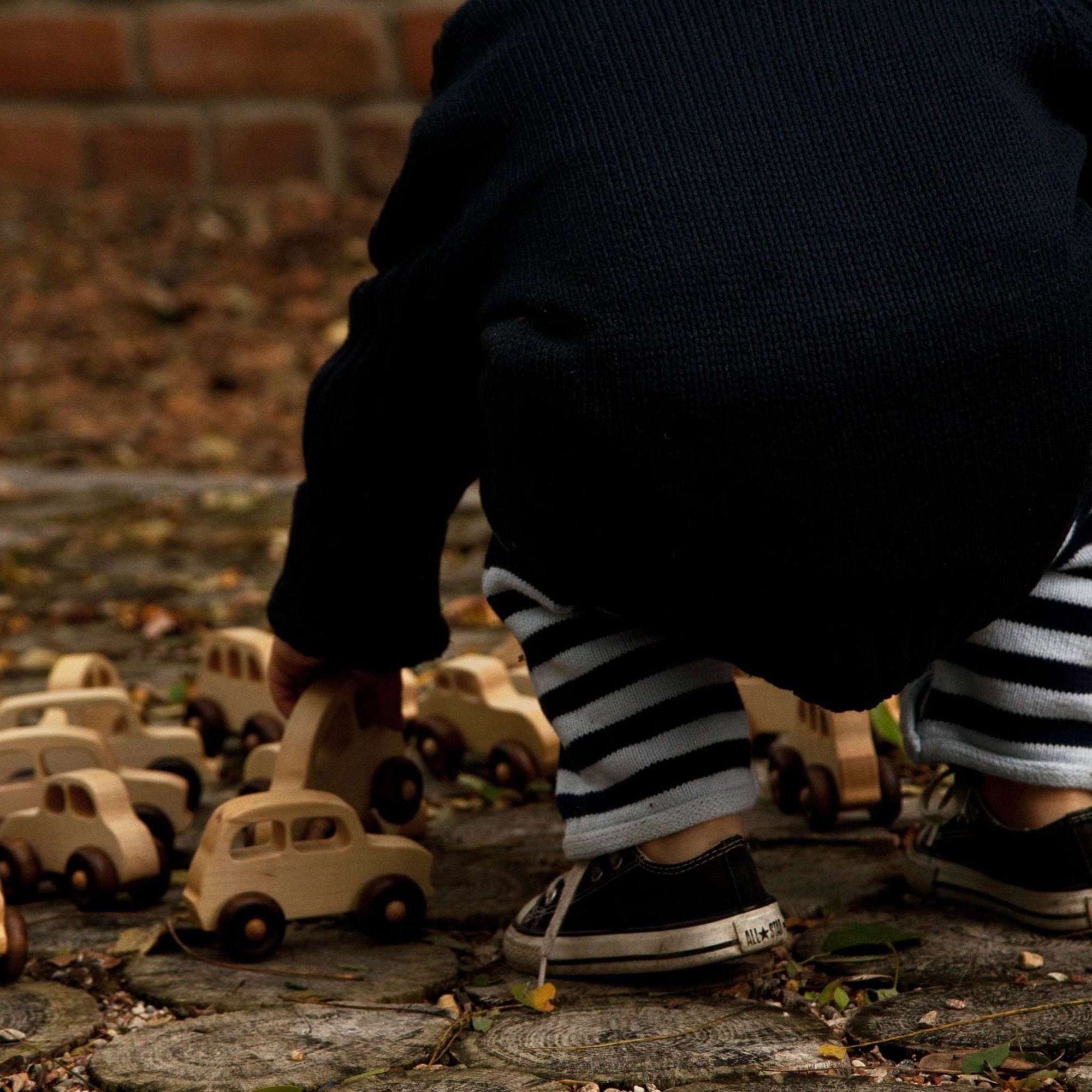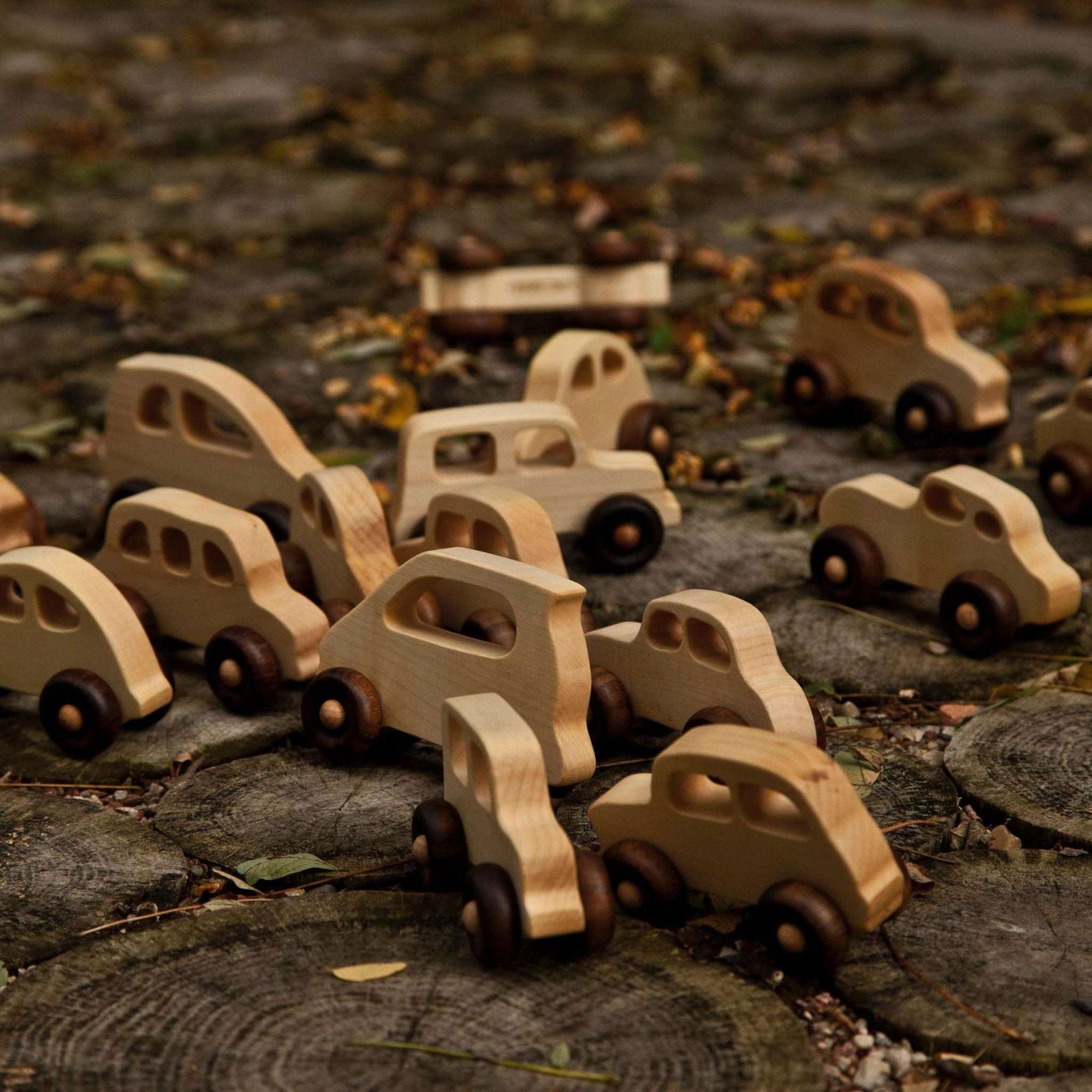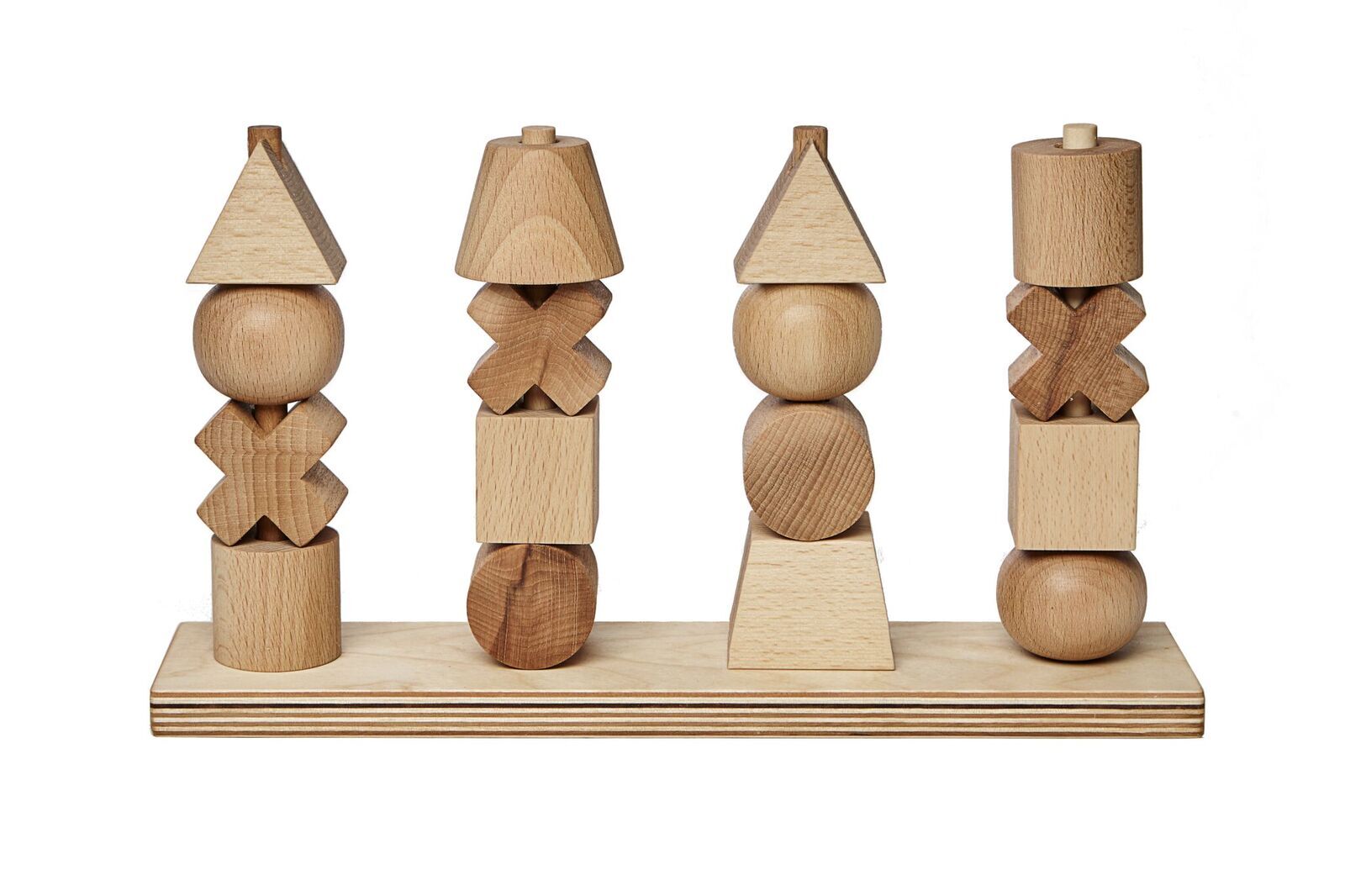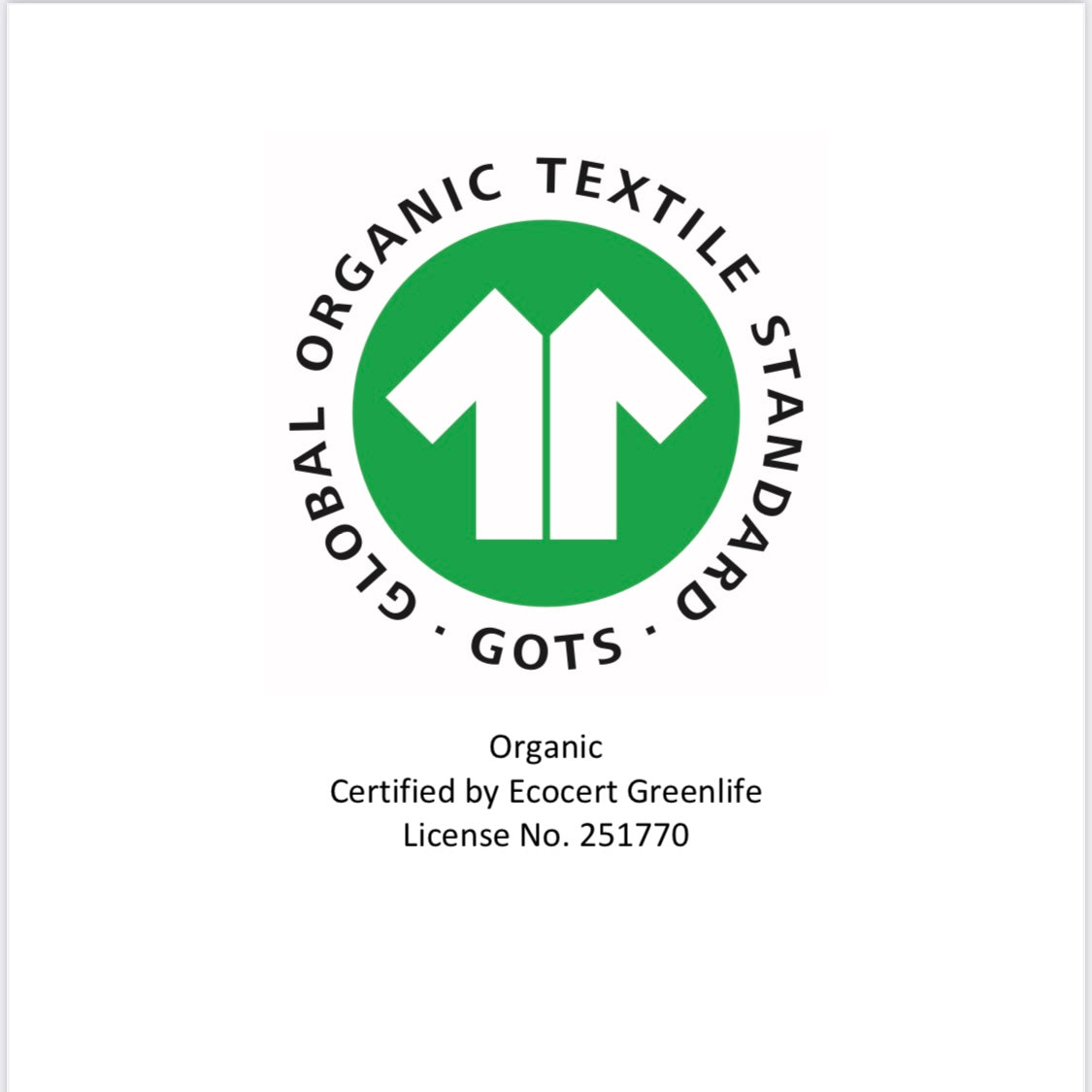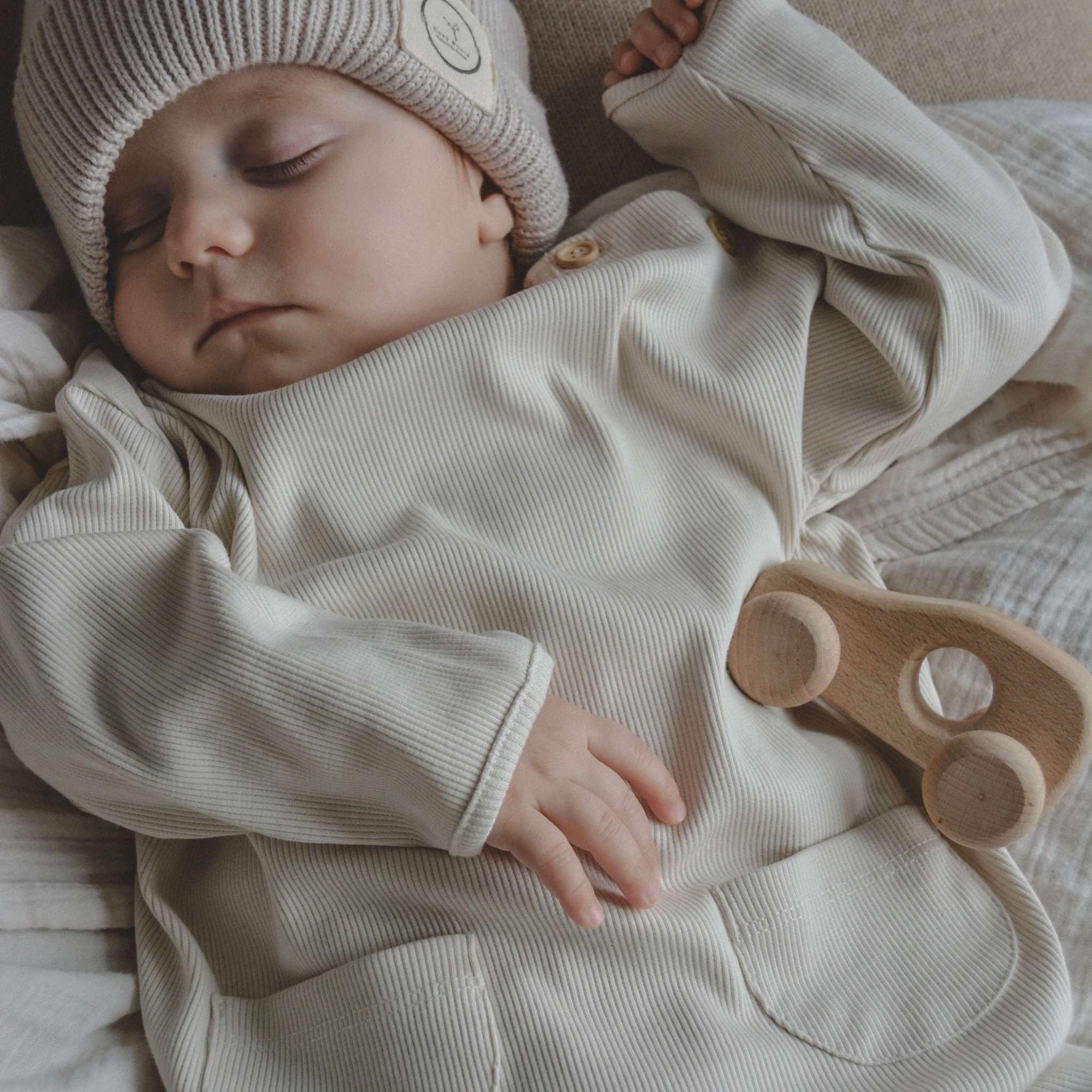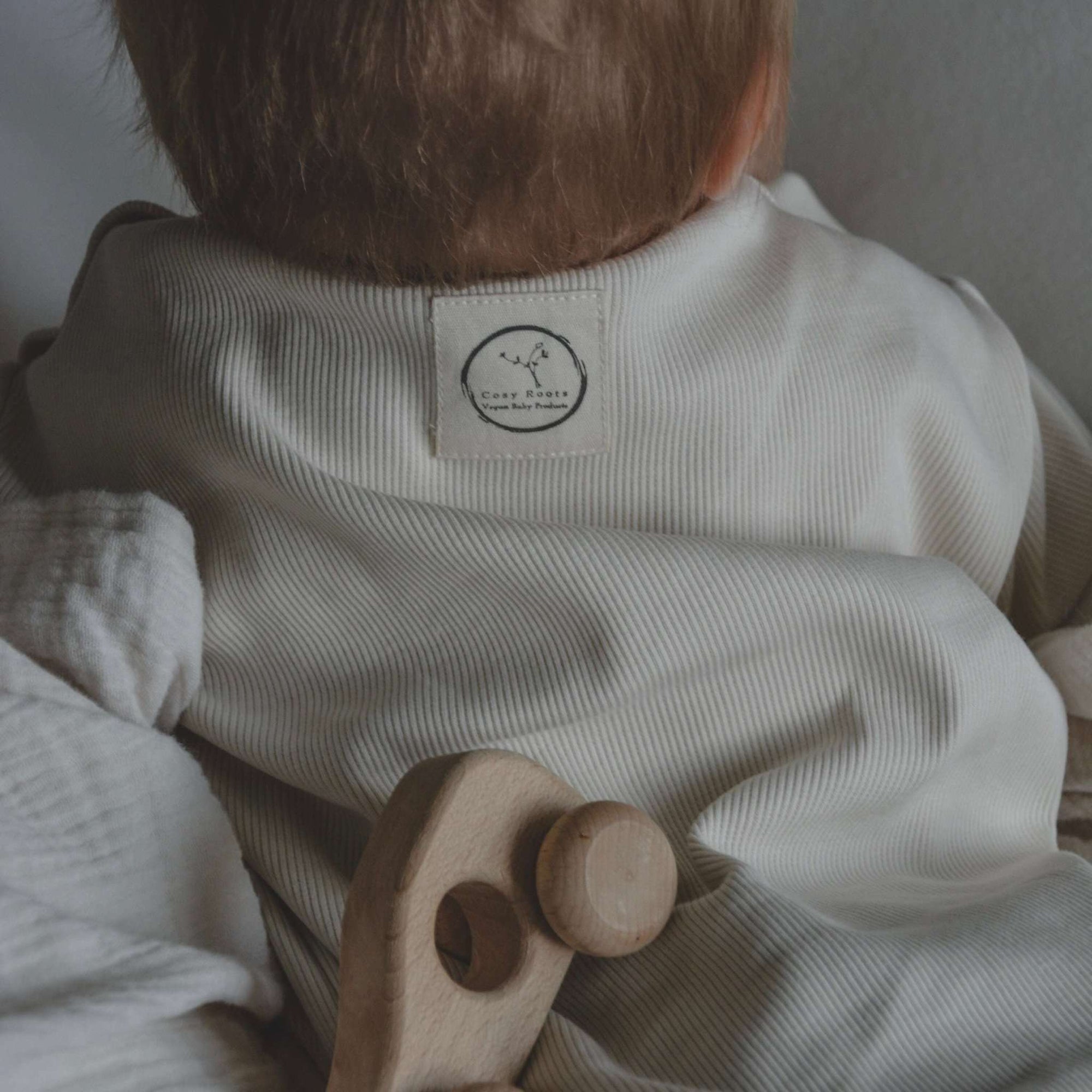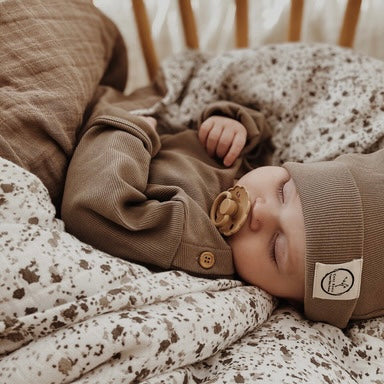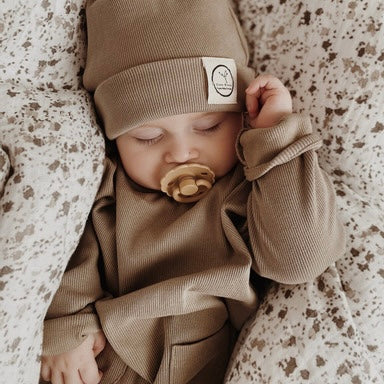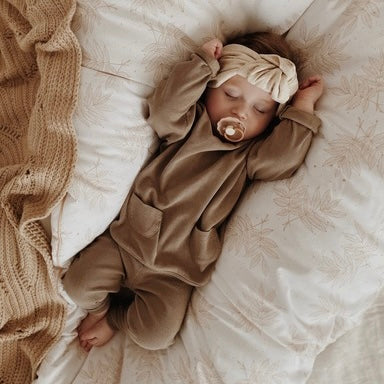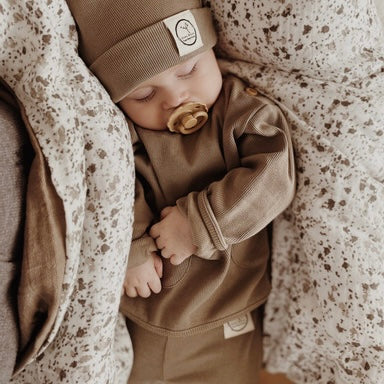The fact that second hand is the most sustainable alternative when you want to buy clothes is often propagated. The focus is on saving resources and second hand is generally becoming more and more popular. The market is booming on second-hand platforms such as Vinted (formerly Vinted), Sellpy and classified ads, but also offline at clothing swap parties, flea markets and in second-hand shops, and selling clothes has never been so easy. Quickly earned money, simply sell used clothes with your smartphone. In some cases even with a so-called concièrge service to convert clothes into money with little effort. But where do the clothes and bargains on offer come from? And how sustainable is second hand really?
Selling second hand clothes - problem or solution?
Selling used clothes and giving them a new use sounds super sustainable at first. And nobody will deny that it saves resources when clothes are bought used, since the clothes are already in the cycle. But second-hand is not the same as second-hand. When buying used clothing, certain points must also be observed so that the fundamentally sustainable idea does not turn into greenwashing. Sound complicated? That is why we have examined the most important points for you:
Everything full of offers - but where does the clothing come from?
If you look around on relevant platforms, flea market apps and websites like Vinted, the range of used clothing is overwhelming. From expensive brands to handmade to no-name clothes - everyone will find something here for little money. Garments, some of which are offered brand new. The majority of the clothes do not come from fair productions, but are one thing above all: mass-produced goods. Fast fashion, which is looking for a new home on online marketplaces, since the closets of the suppliers no longer offer any space for the coming season and the new range, even with stuffing and squeezing. As a result, used clothing has also become a mass product and a justification for consumption - because you can offer unloved used clothing for sale with a simple click on your smartphone.
What role does the material play?
Do you pay attention to the materials of the garment you buy used? Let's be honest, the majority of goods come directly from the fast fashion industry and the most used material there is polyester - i.e. plastic. The number of polyester-heavy clothing is correspondingly high if you look at the common portals. But what is the problem behind it? When washing clothes containing polyester, the smallest fibers come loose: so-called microplastics. These microplastics find their way into rivers through wastewater and ultimately into the sea, where they contribute to a large extent to environmental pollution. That's why we at Cozy Roots attach great importance to the fact that our garments are made of 100% GOTS-certified organic cotton . Because our environment is important to us. You can also easily buy used materials such as hemp or linen without unnecessarily polluting the environment.
The second-hand scam
Another important point that should not be neglected is the origin of the clothes. The market is saturated with used clothing. And it doesn't matter whether you look at the portals on the Internet or stroll through second-hand shops in the city center - everyone has more clothing items than there are buyers and uses. But where do the masses of clothing come from? Here it is important to distinguish whether the providers are commercial or private.
With a private seller, you should pay attention to how much new clothing is given off as used clothing in order to offer it on a platform like Vinted. Fraudsters like to use sales from manufacturers to buy clothes cheaply and then offer them at the original price in web shops or they use portals for sale. Obtaining information about where the clothes come from in thrift shops like those found in inner-city areas can be tricky. Here it is advisable to buy clothes from a seller who is transparent about the origin.
How can second-hand change the market?
Certainly a question that you have asked yourself before: Can I change the market if I only have second-hand clothes in my closet? Unfortunately, the answer is not as simple as you might have hoped. Buying used clothes certainly makes a big difference when we look at the bigger picture. But if you now mainly have new clothes from popular fast fashion brands that end up in your closet, then this tends to contribute to the fact that more and more products are produced in exactly the system that you are actually trying to avoid. So it is not only important that you make secondhand your first choice, but also which brands you buy and which materials you prefer.
The quantity makes the difference
The amount of clothing you consume also makes a difference. Although buying used clothes saves a lot of resources, you probably save the most if you reduce your consumption and go back. For example, converting your closet into a capsule wardrobe may be an option. Less is more. Pay attention to the high quality of the products and well-made materials. So you can enjoy the clothes for a long time and can resell them more easily. A few, timeless basic clothes that can be easily combined with each other is a good way to get out of mass consumption.
Buy wisely - our tips for you
Despite all the problems that a second-hand purchase can cause, one thing remains: the most sustainable option. It is important that you do not start your purchase of used clothing head over heels, but that you should pay attention to a few important points. With our tips, you won't lose track in the jungle of classified ads:
- Shop consciously : Only buy what you really need and clothes that you may have wanted for a long time, instead of cheap mass productions.
- Upcycling and vintage : Quality instead of quantity also makes sense for used clothes. Good quality is durable and clothing that stays in circulation longer saves valuable resources.
- The right size : Make sure that you really buy your dress size and do not hoard clothes that might eventually fit you. Also, consider if you want to treat yourself to the oversize blouse, if you don't take clothes in someone's dress size away from them.
- Selling clothes : It only becomes sustainable if you keep the cycle going. Sell your unloved clothes and put them back into circulation.
Even with a seemingly simple topic like selling clothes and shopping used clothes, greenwashing can happen without bad intentions and with a clear conscience. But it will always be more sustainable than new - one way or another. We hope we were able to sensitize you with our article and give you good tips so that you invest your money in the right place.

